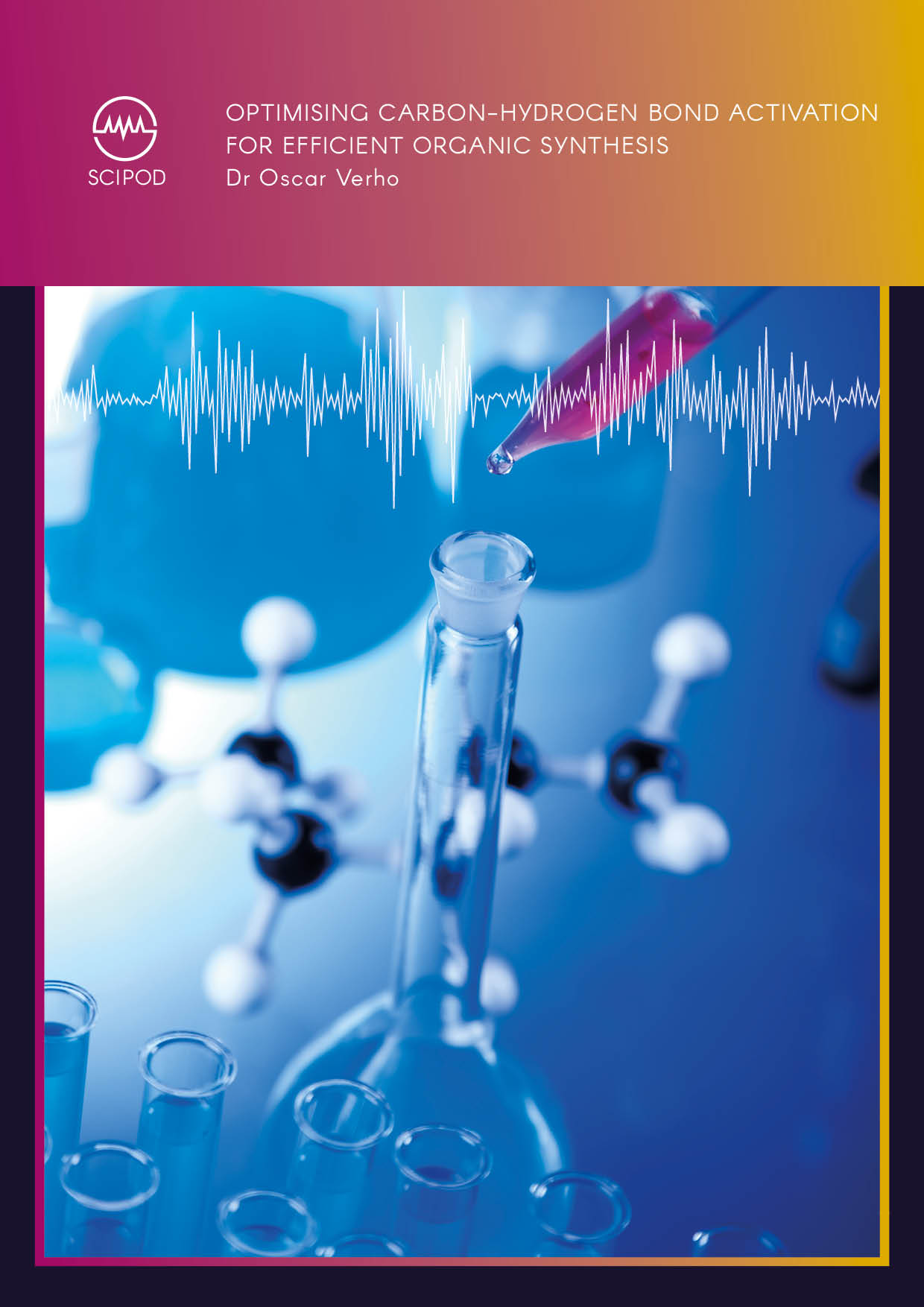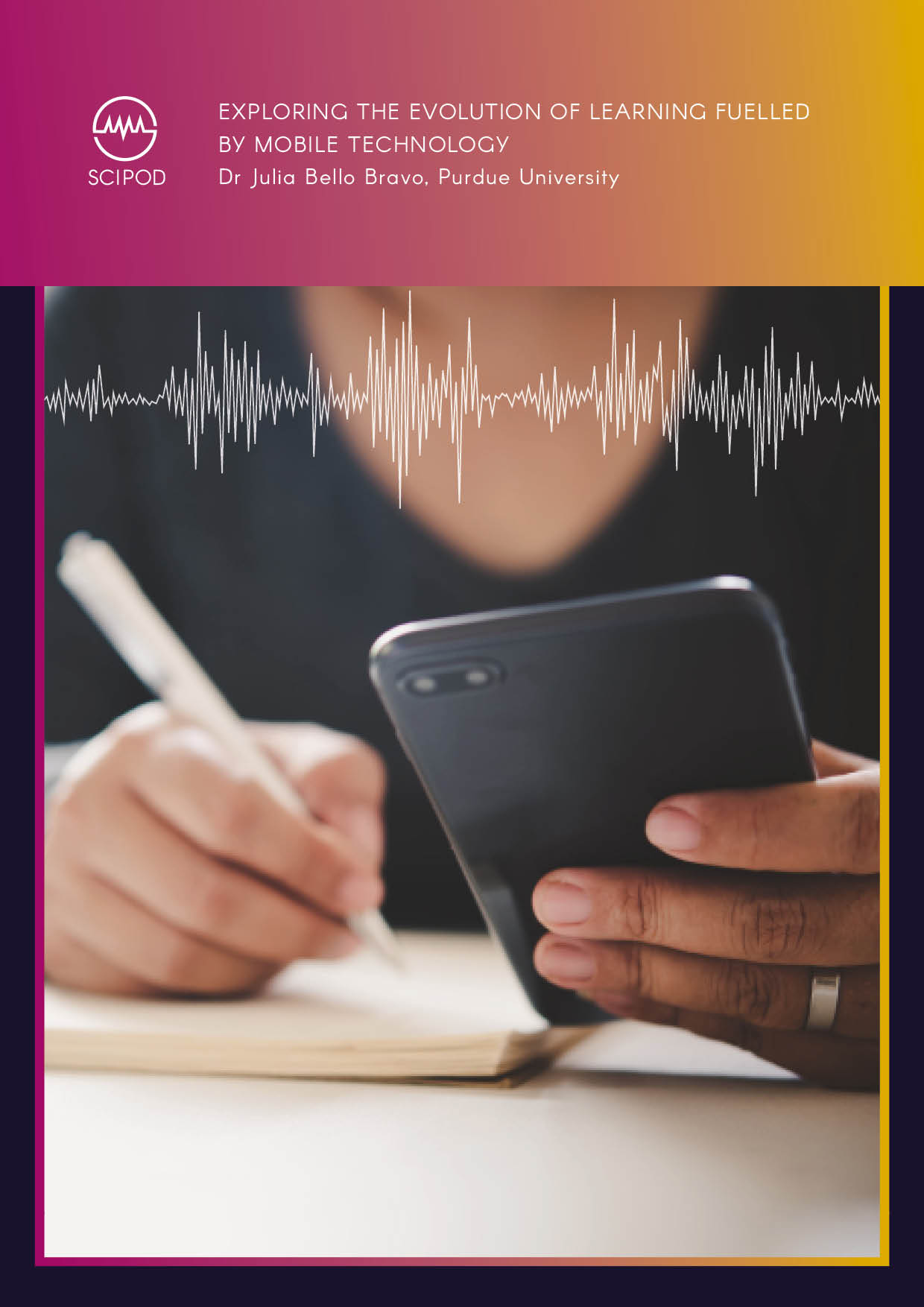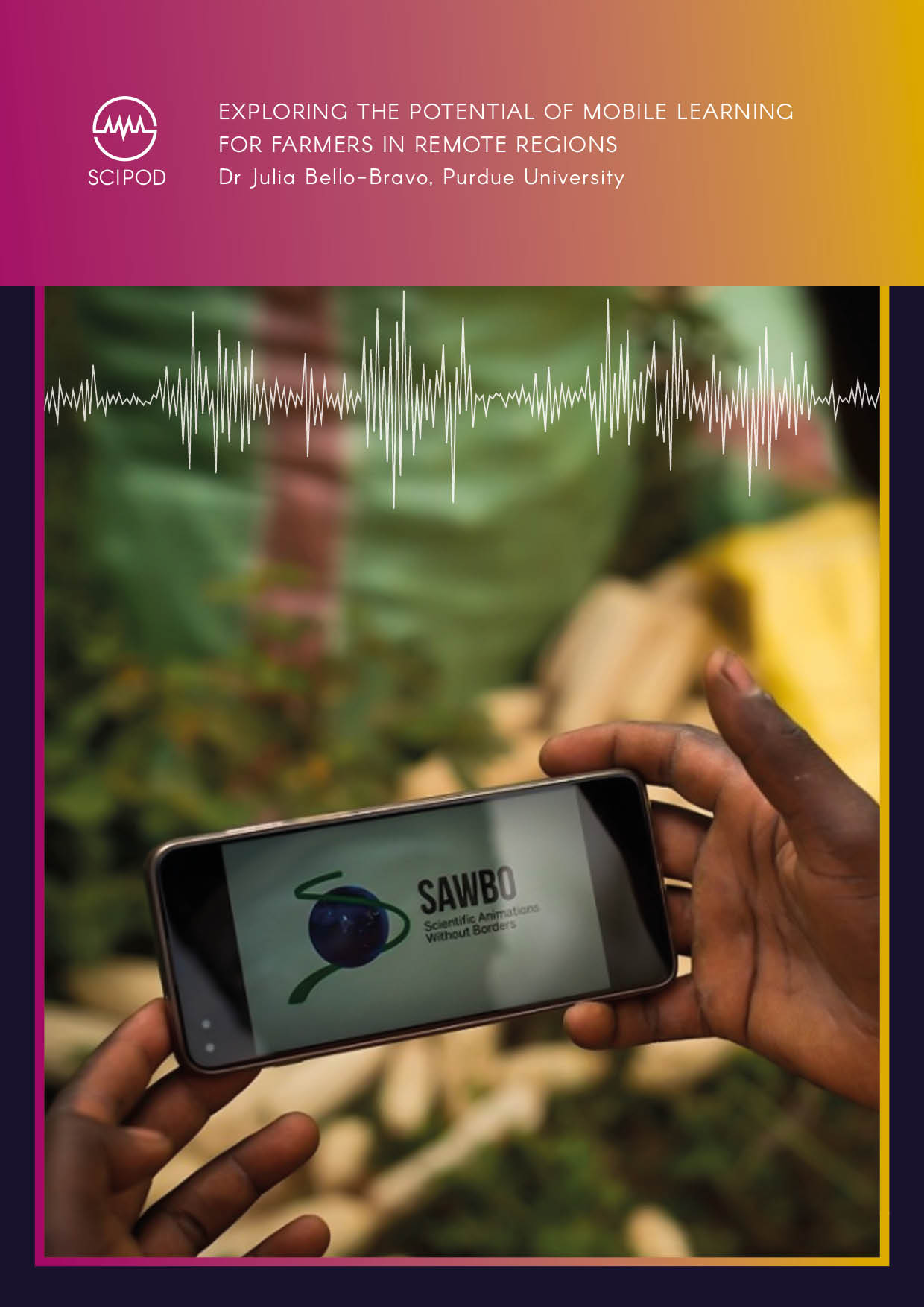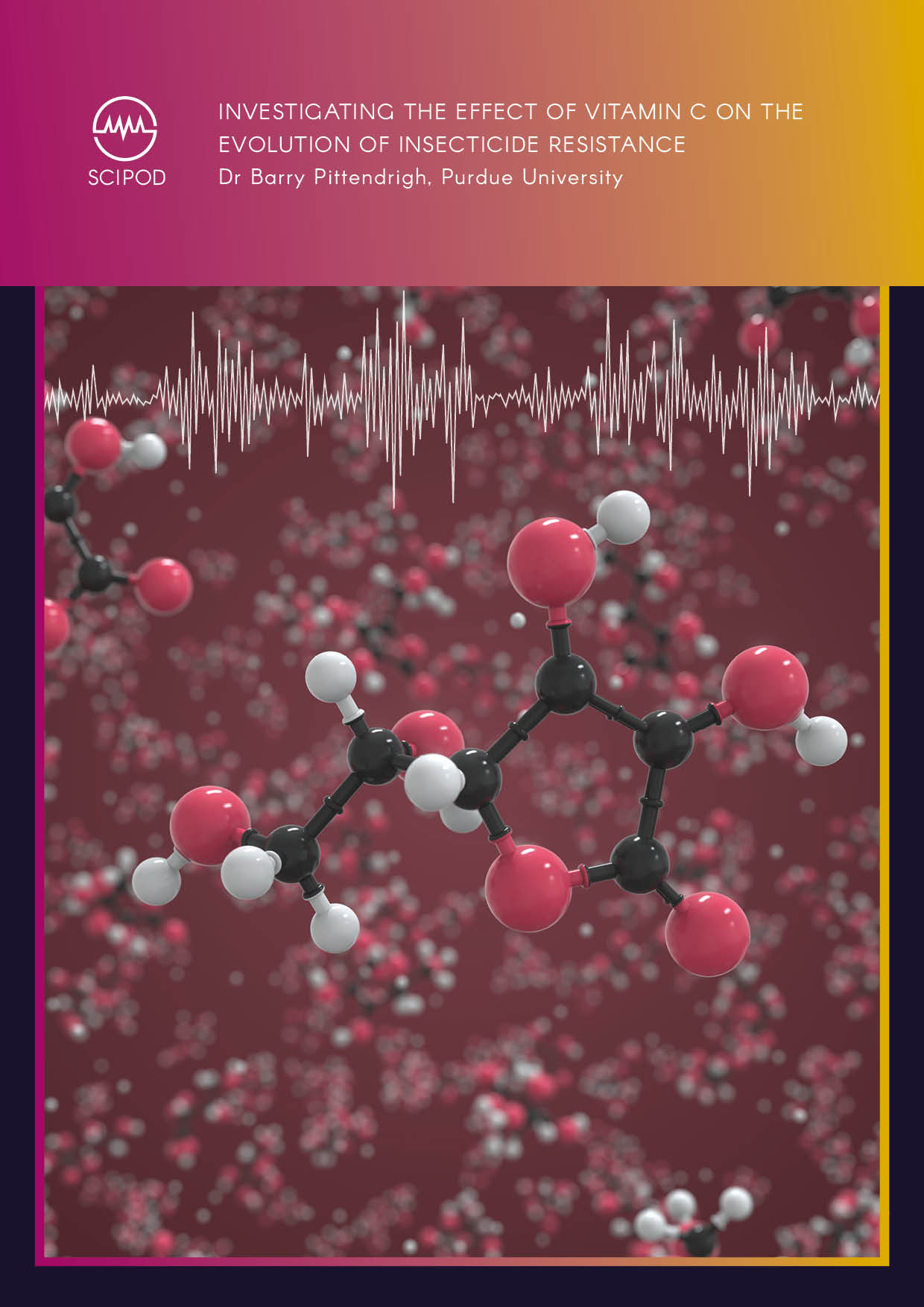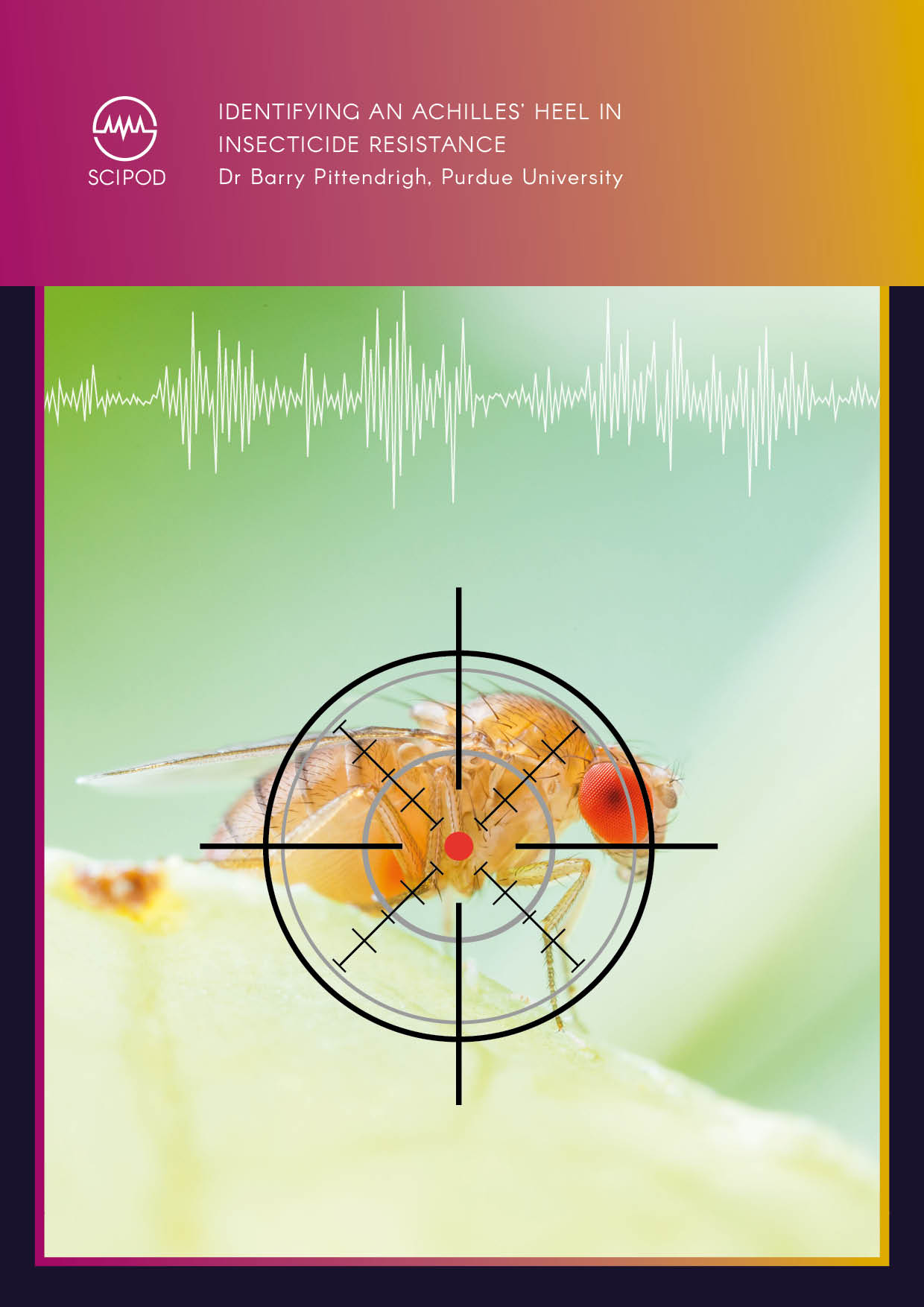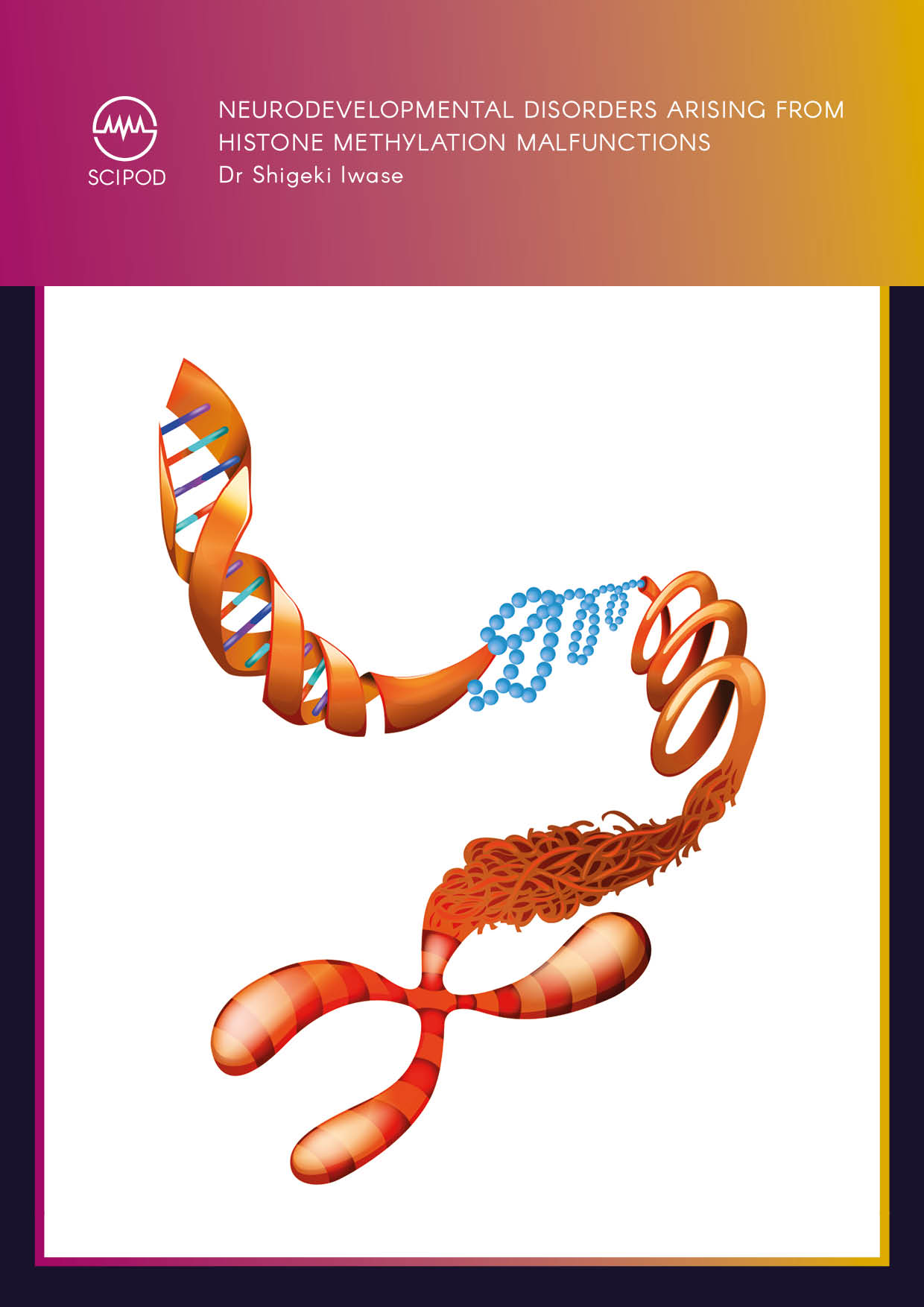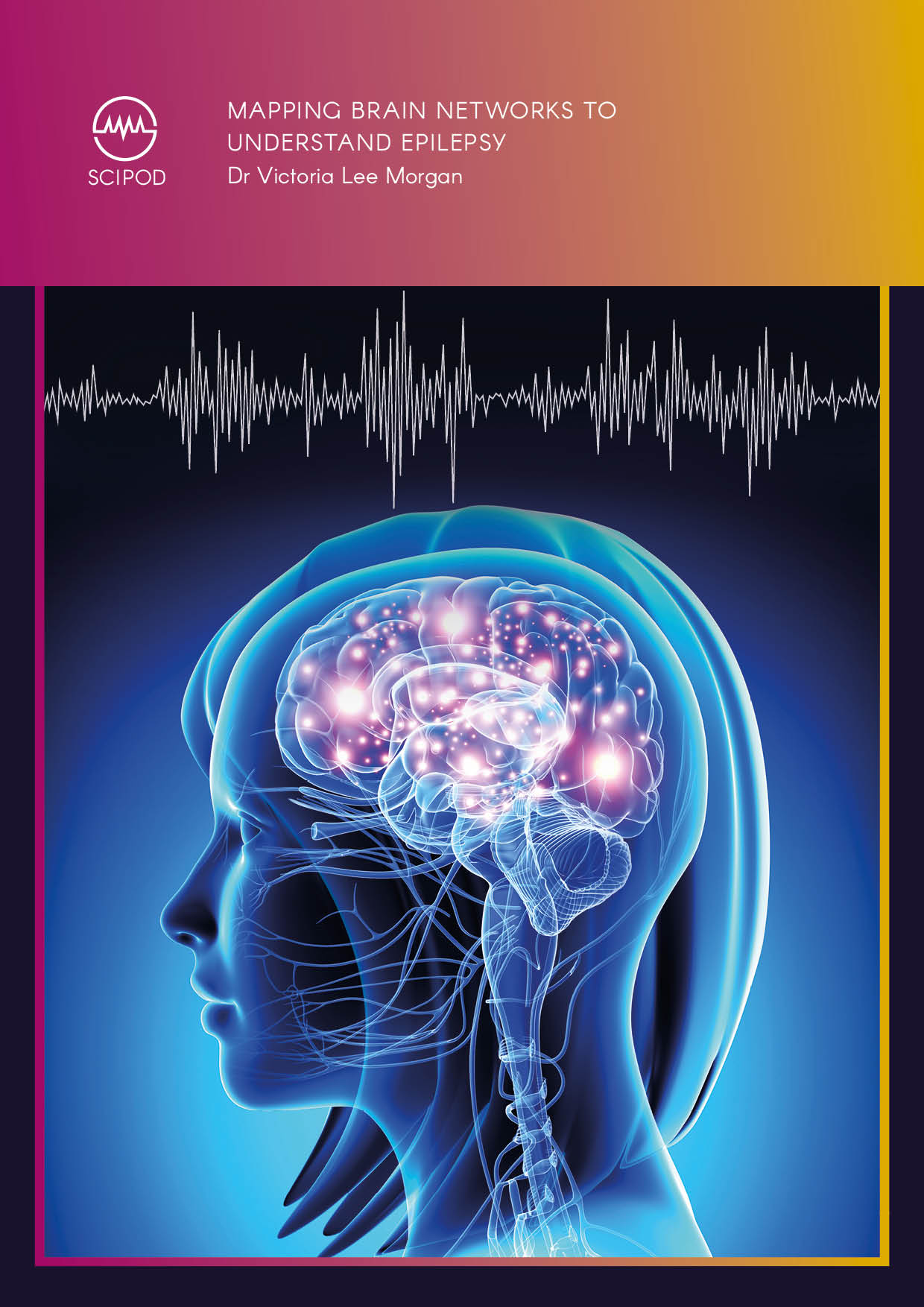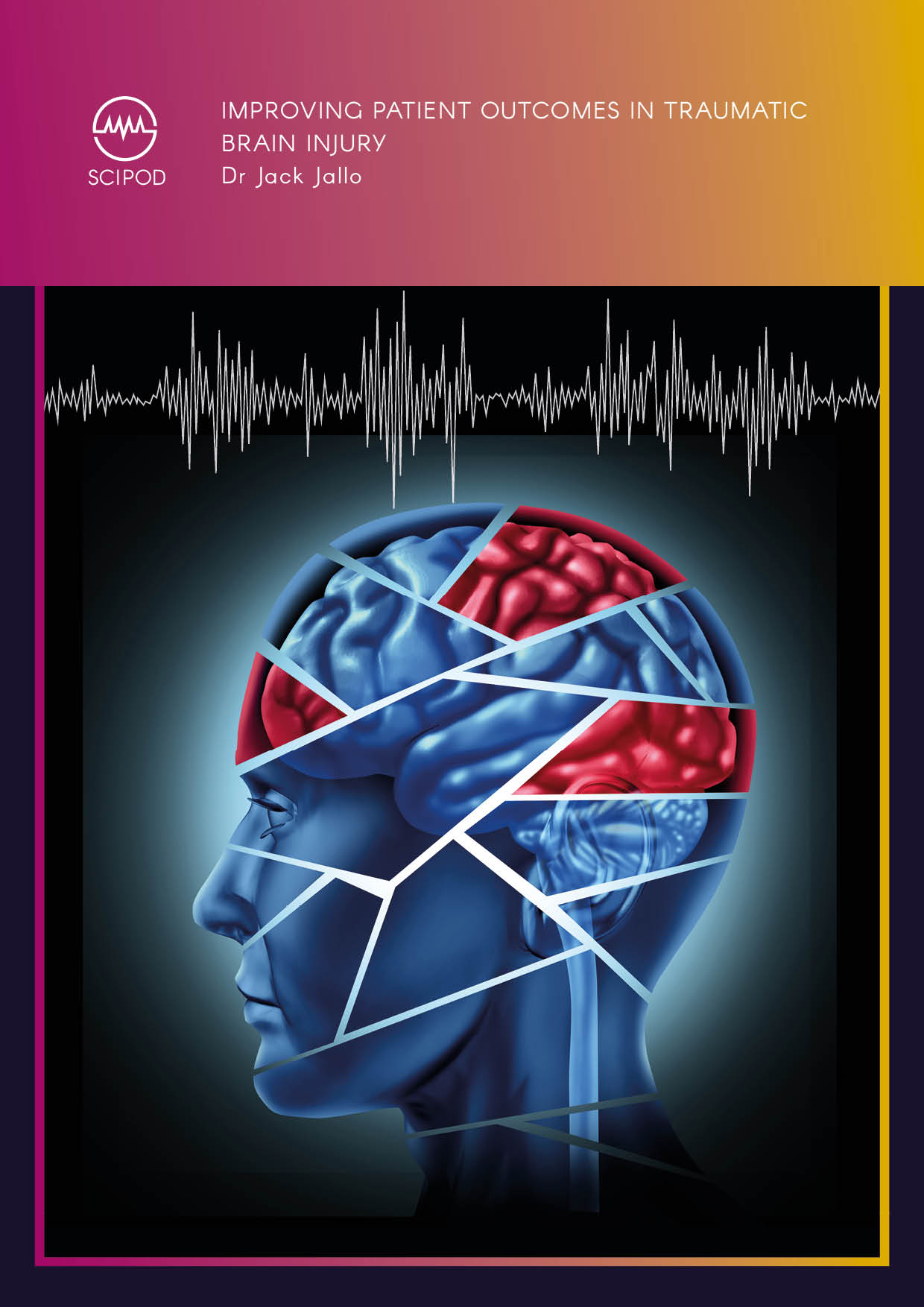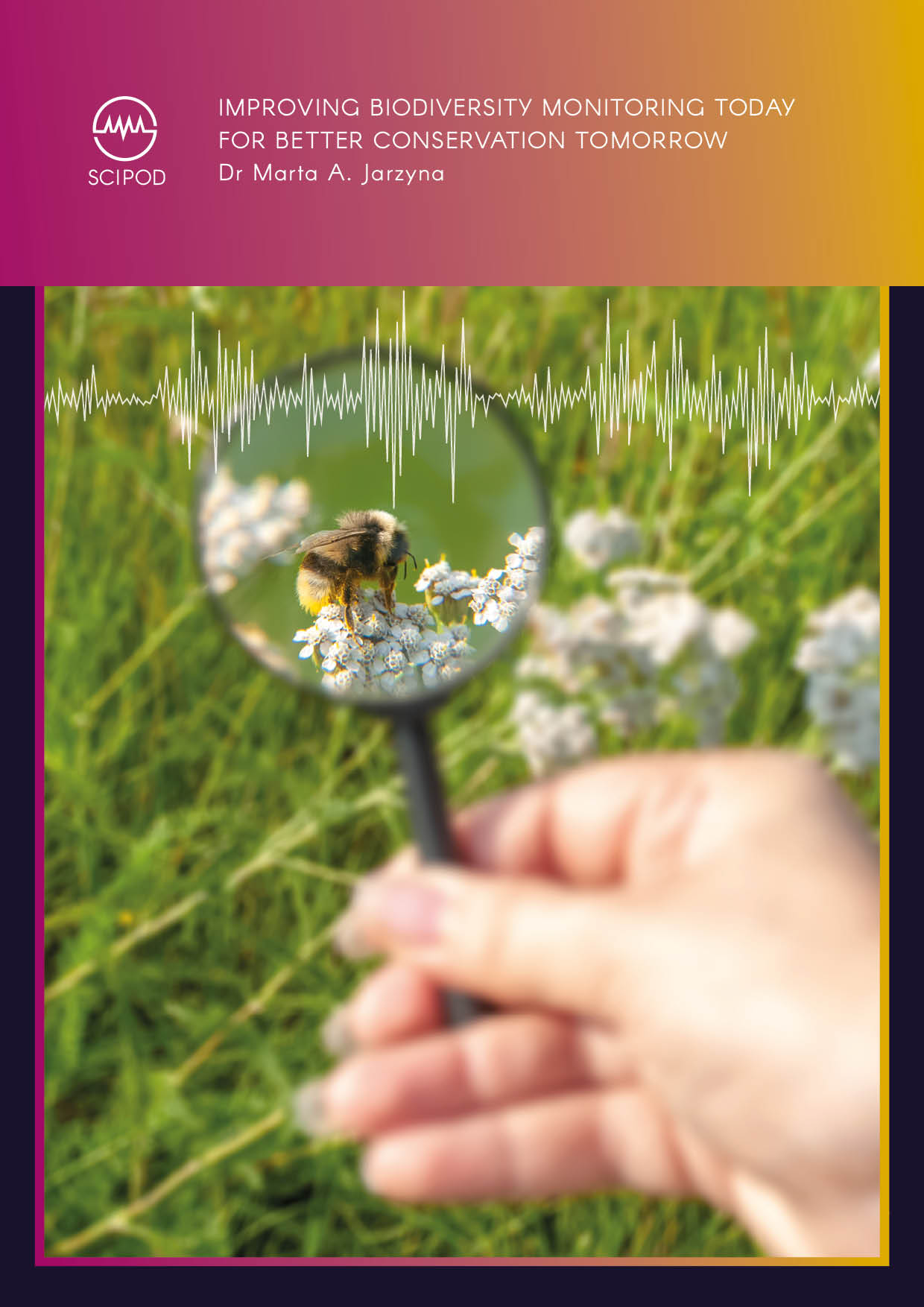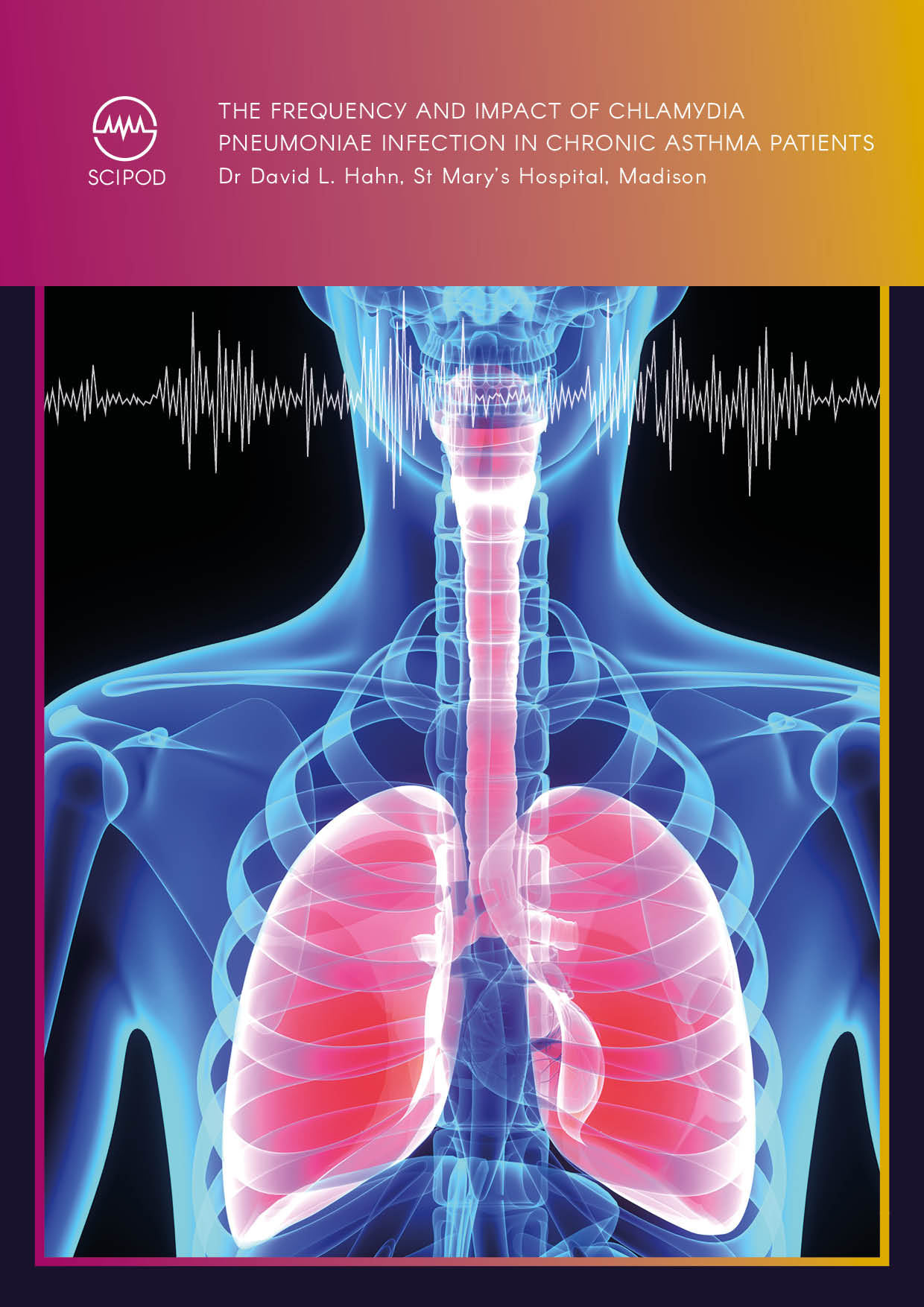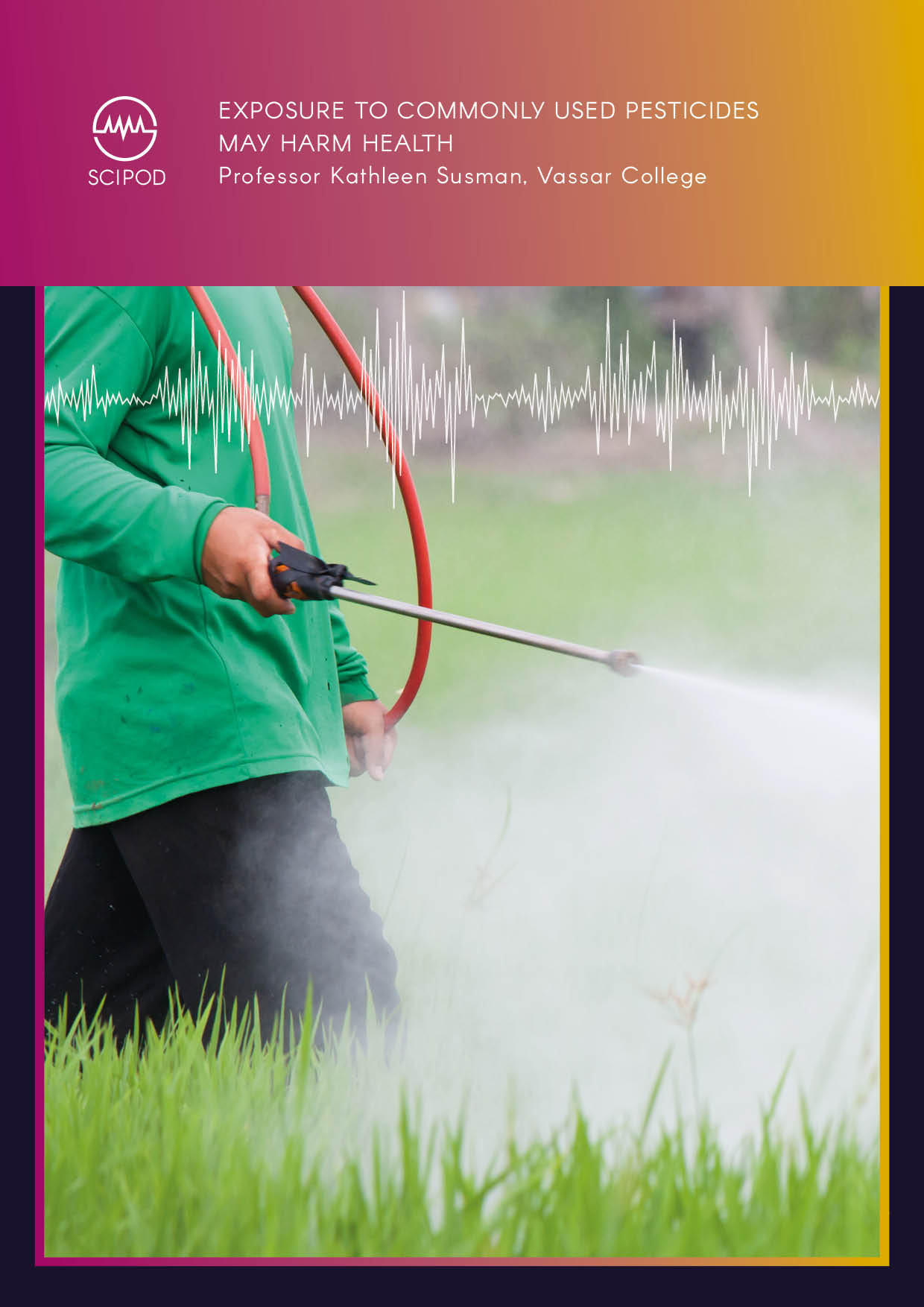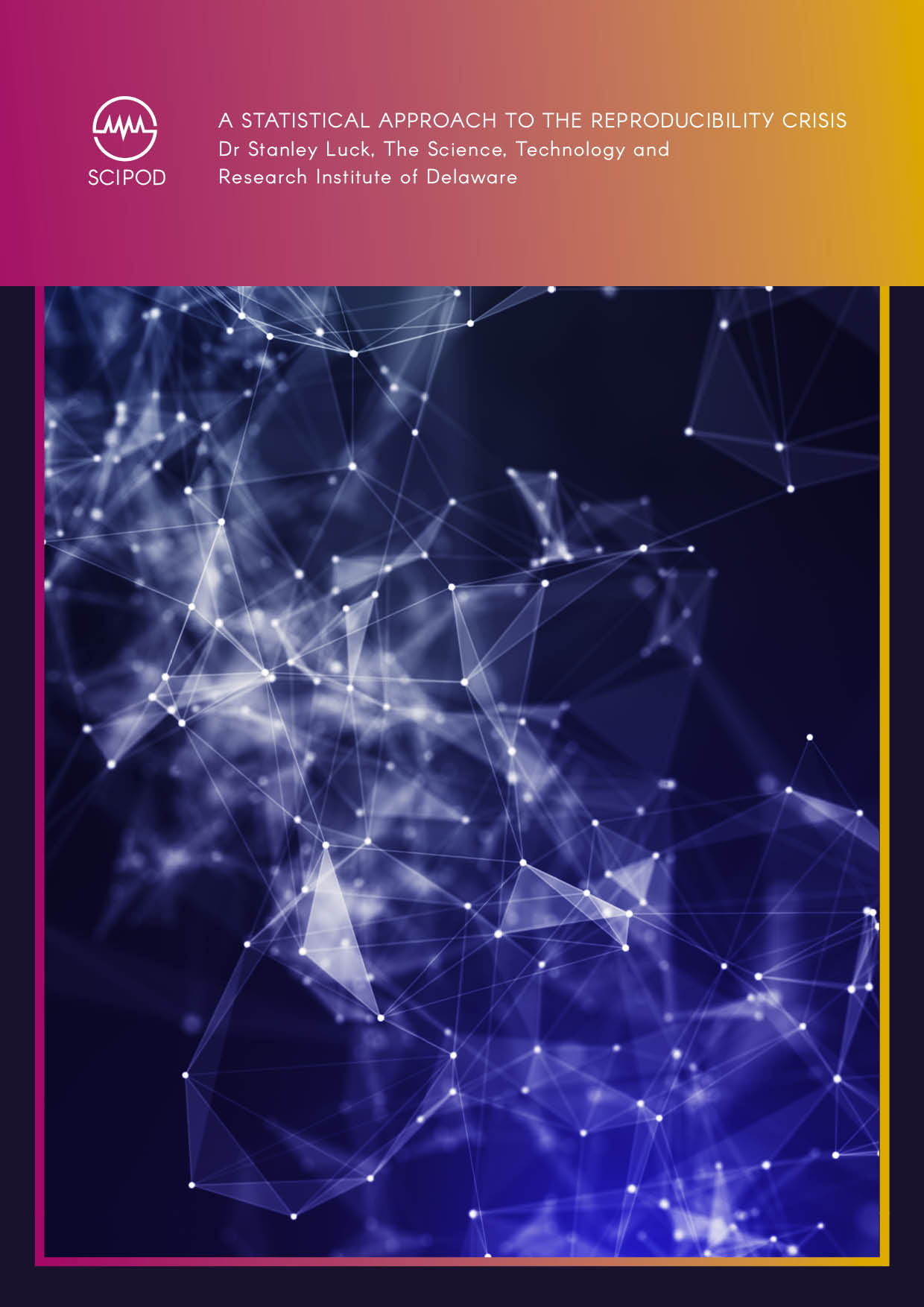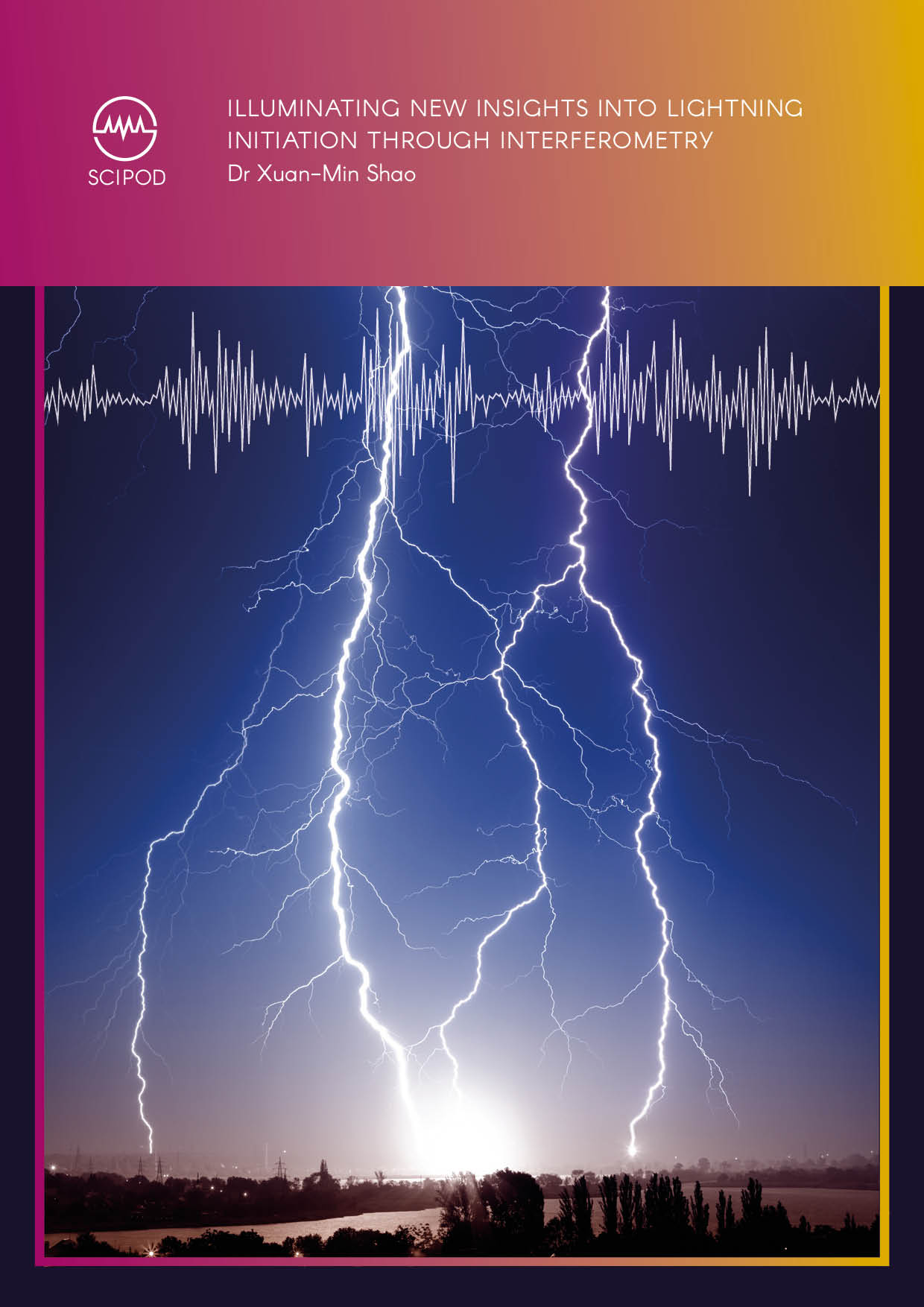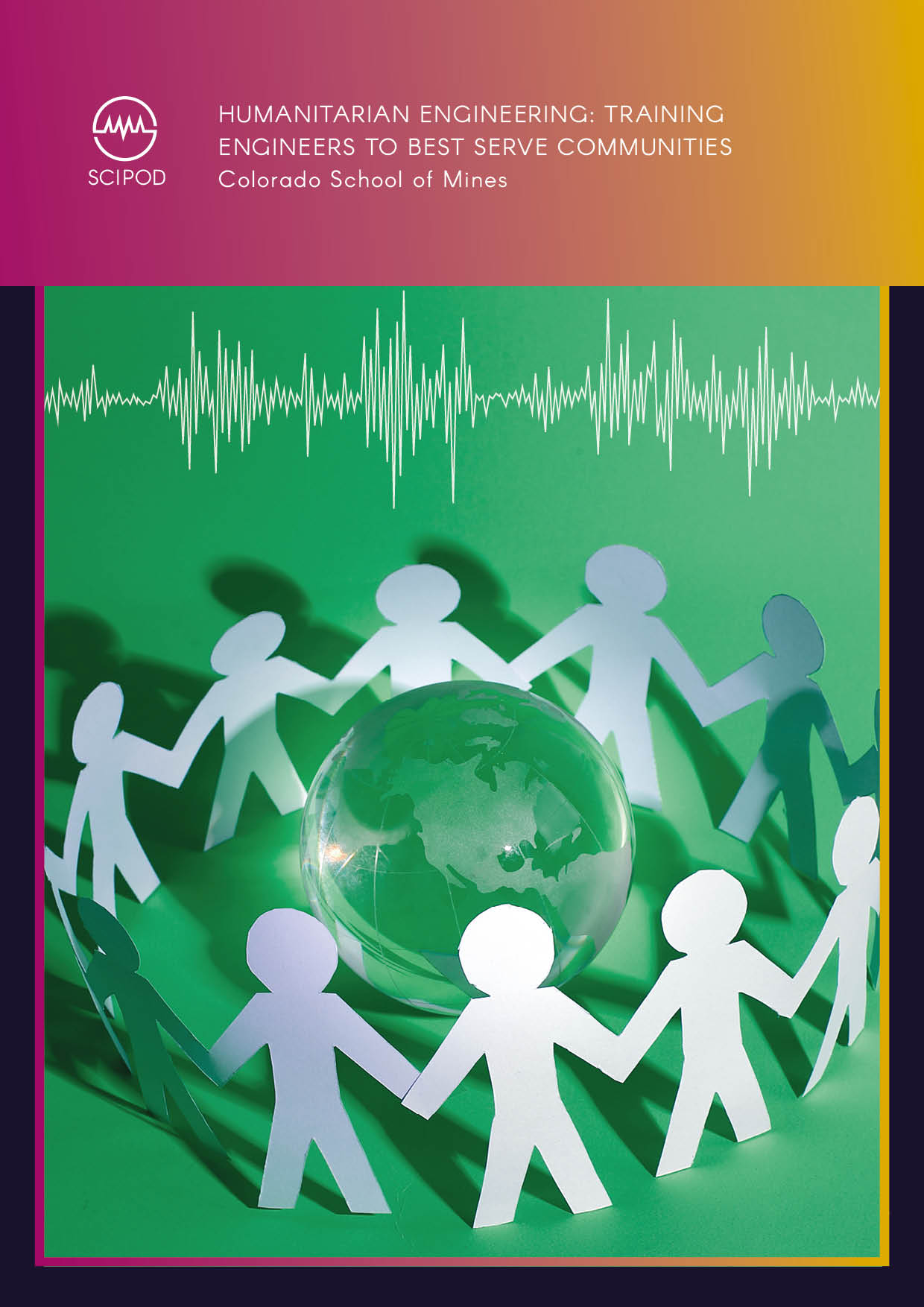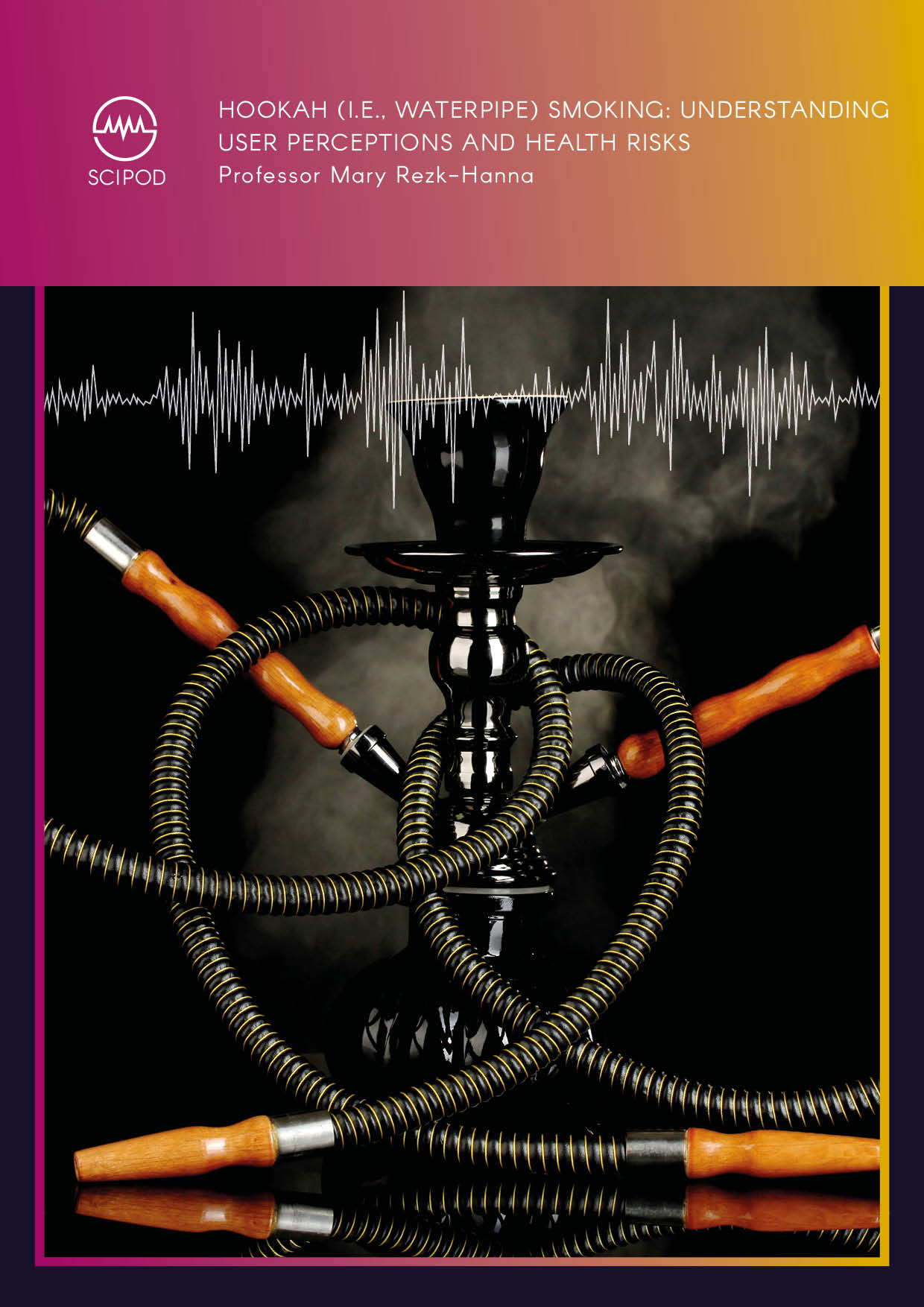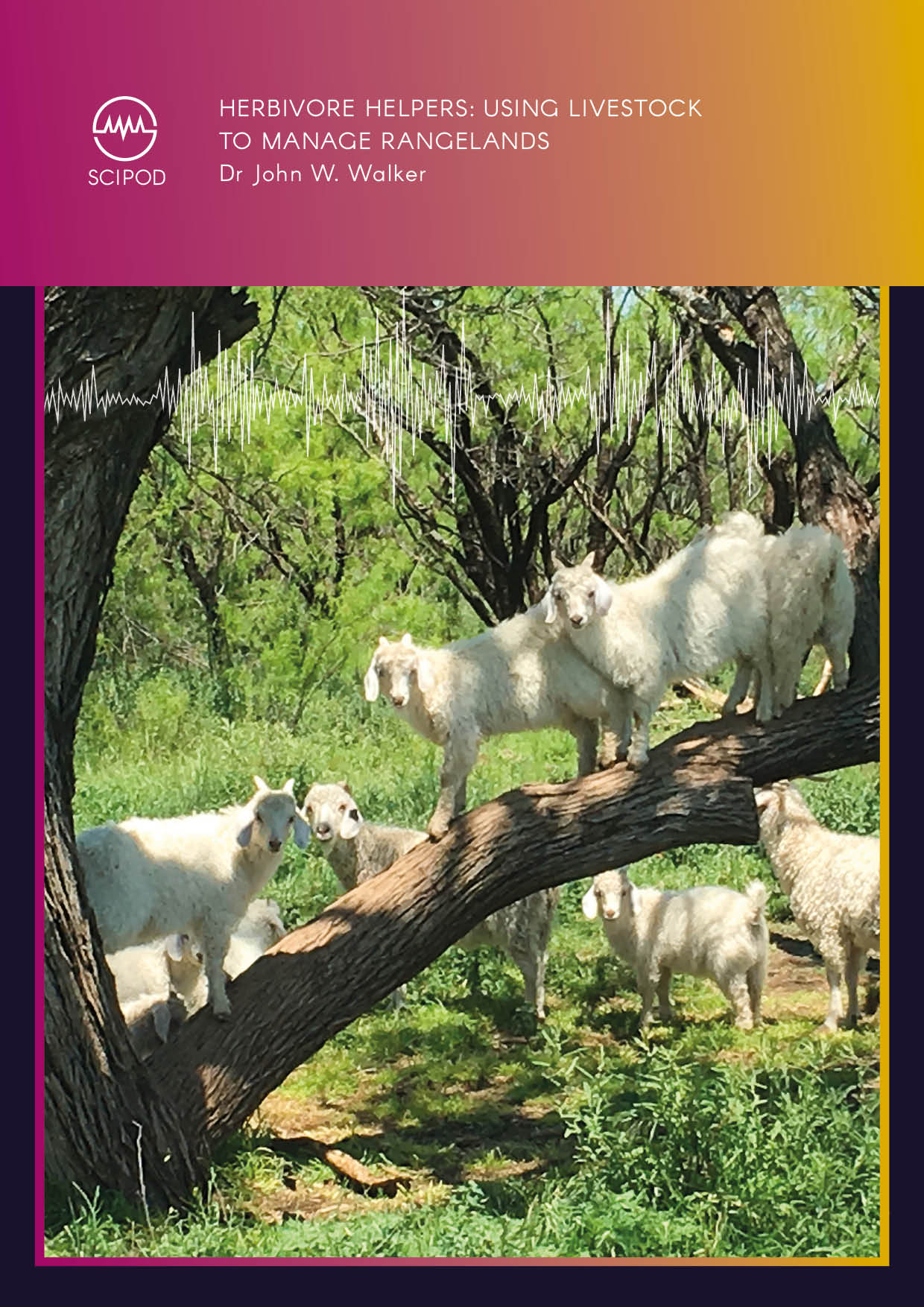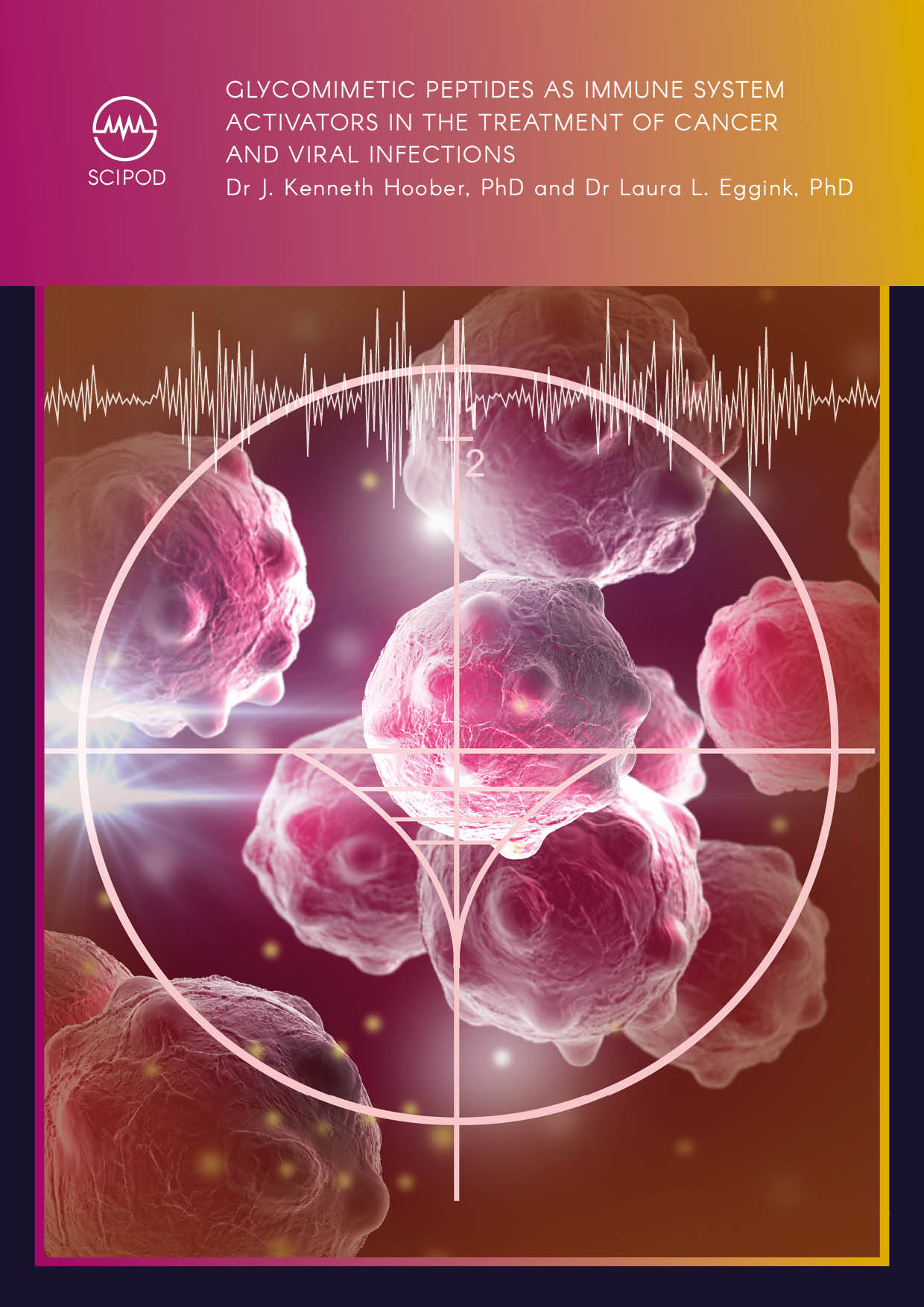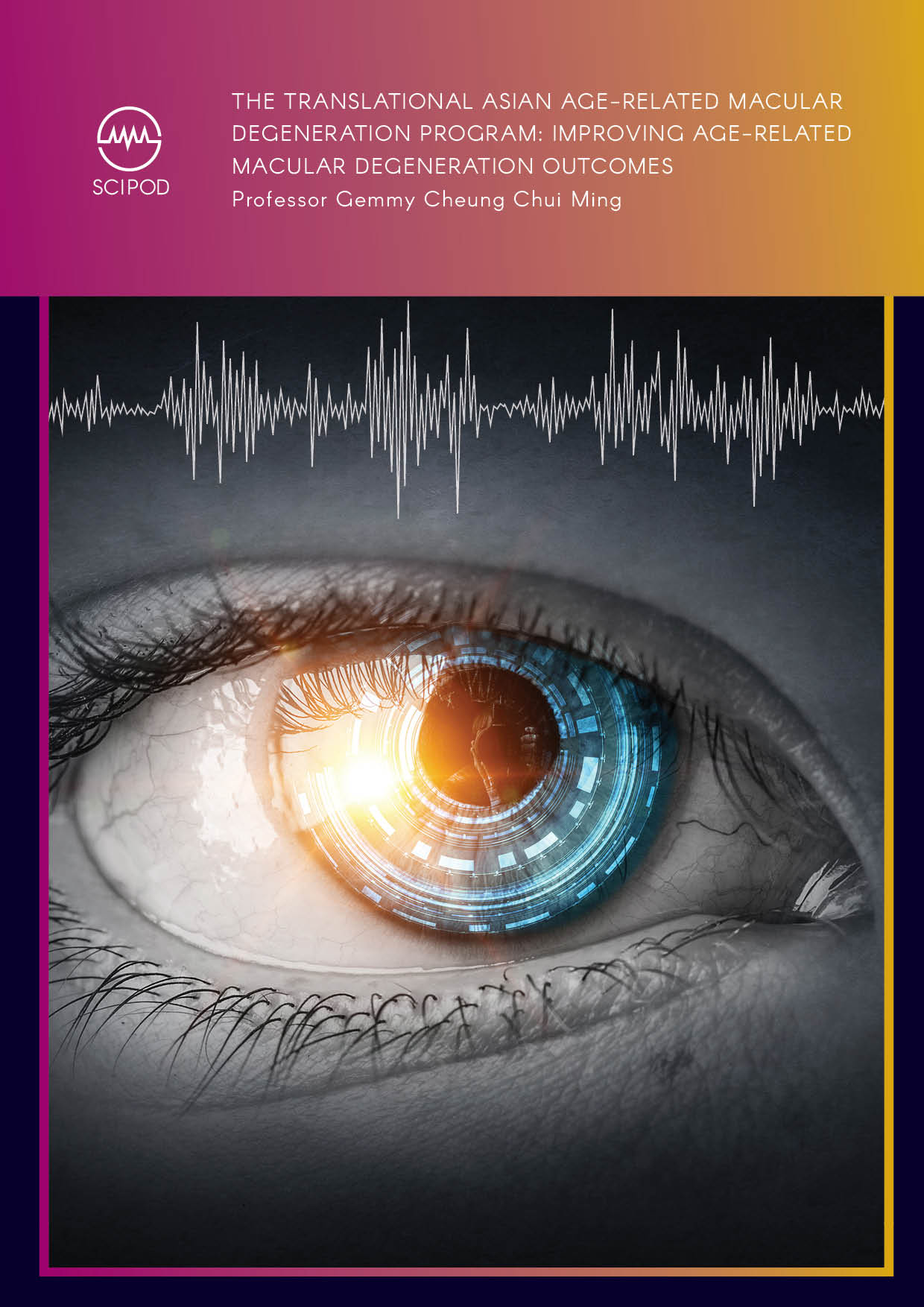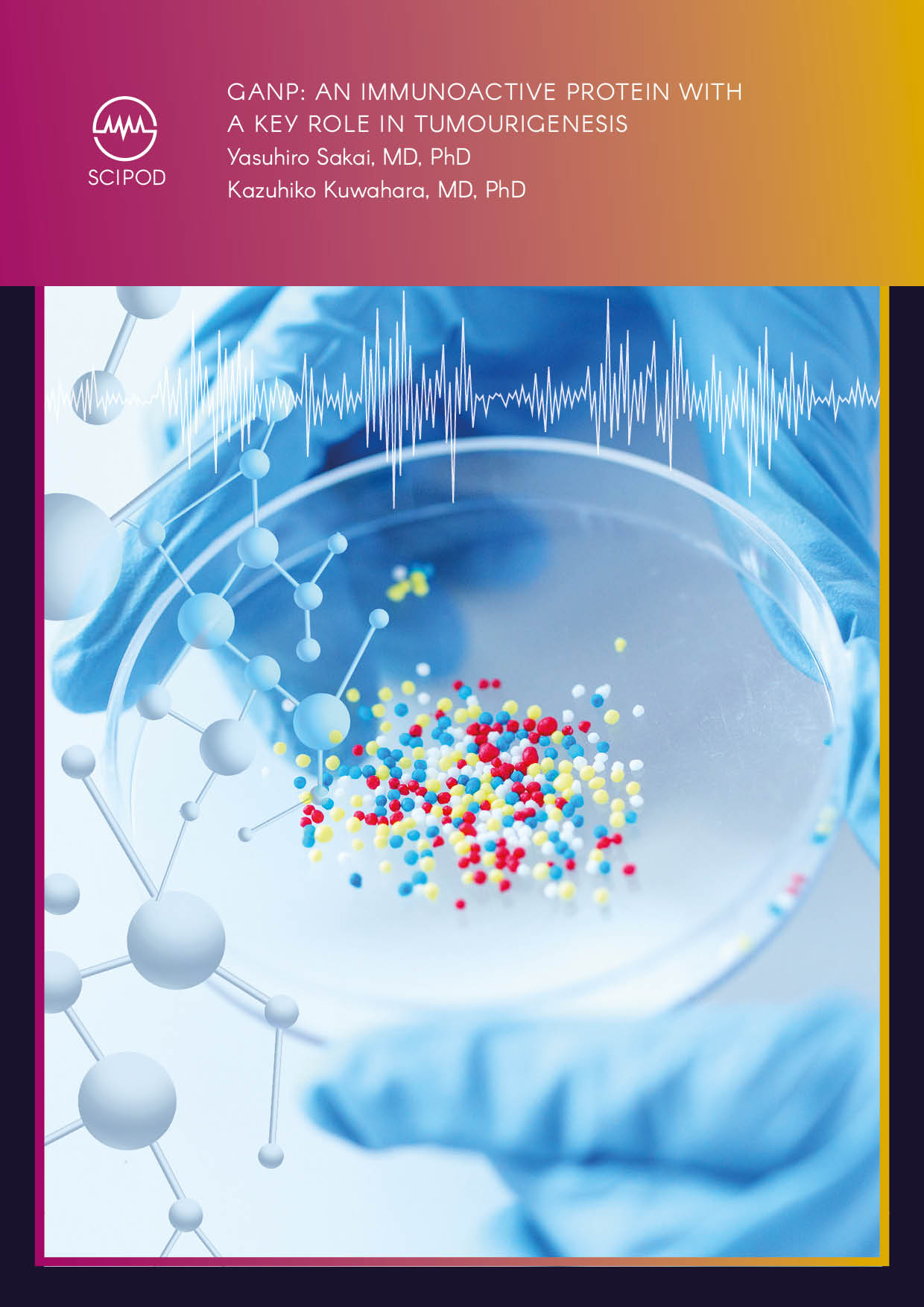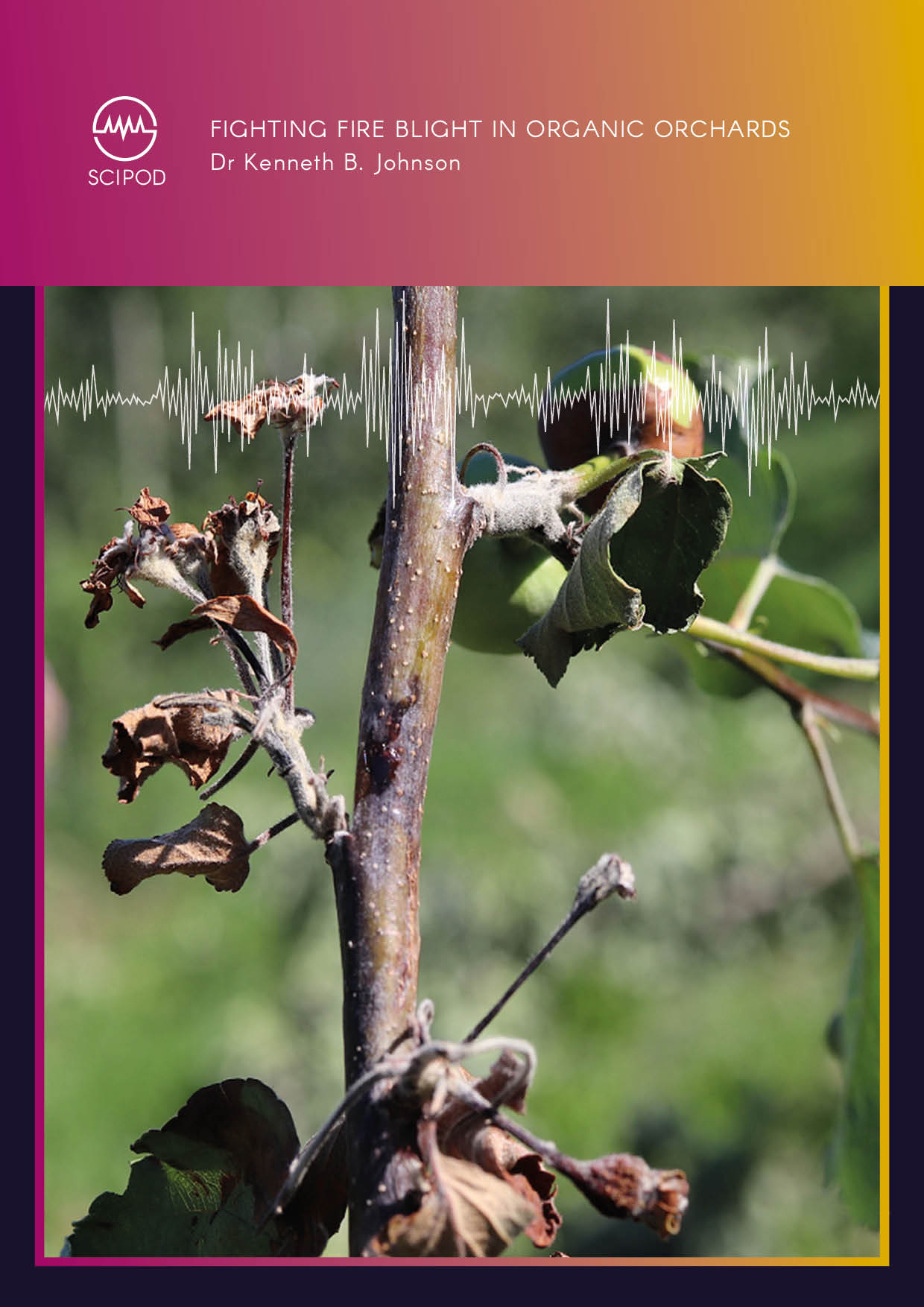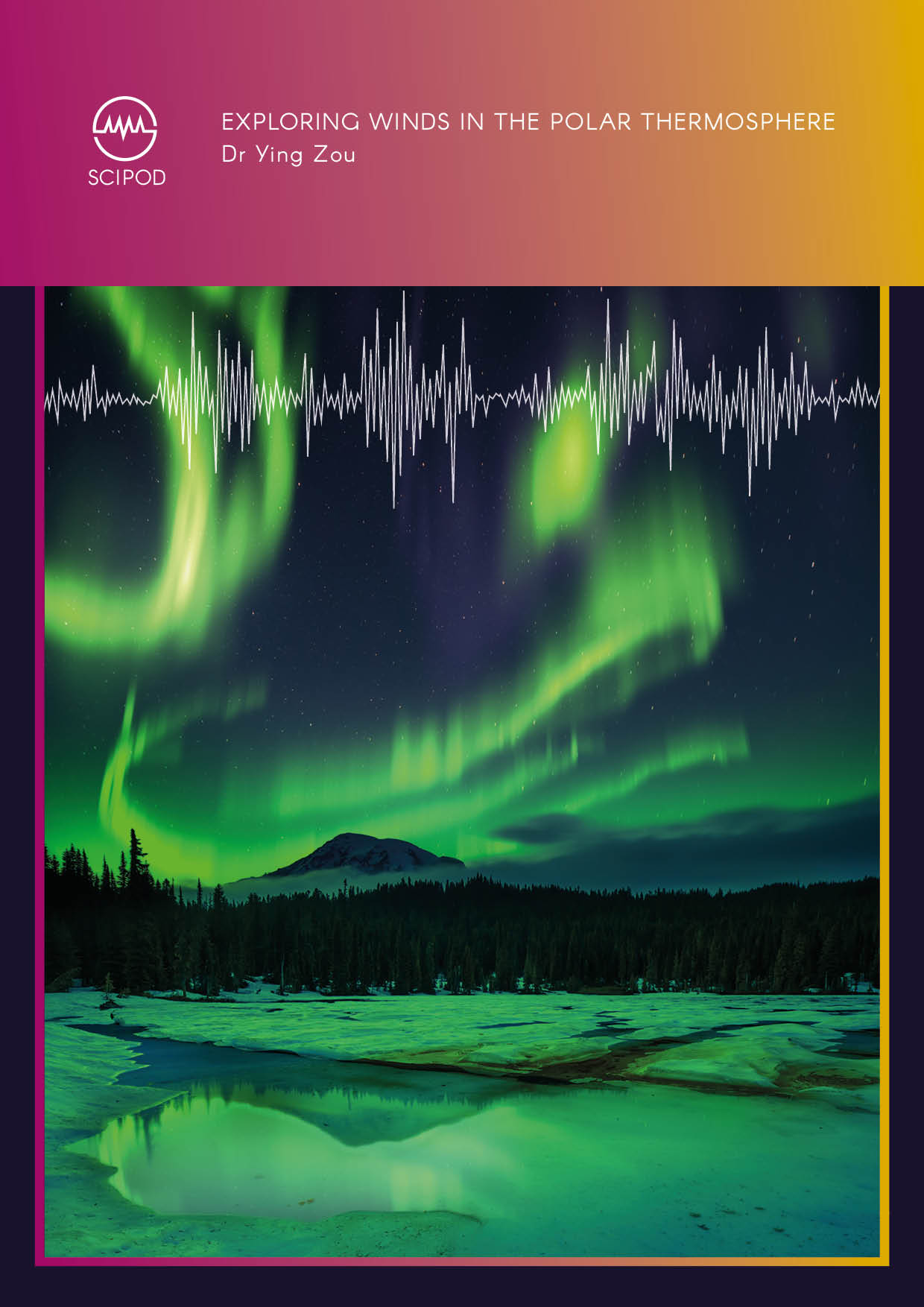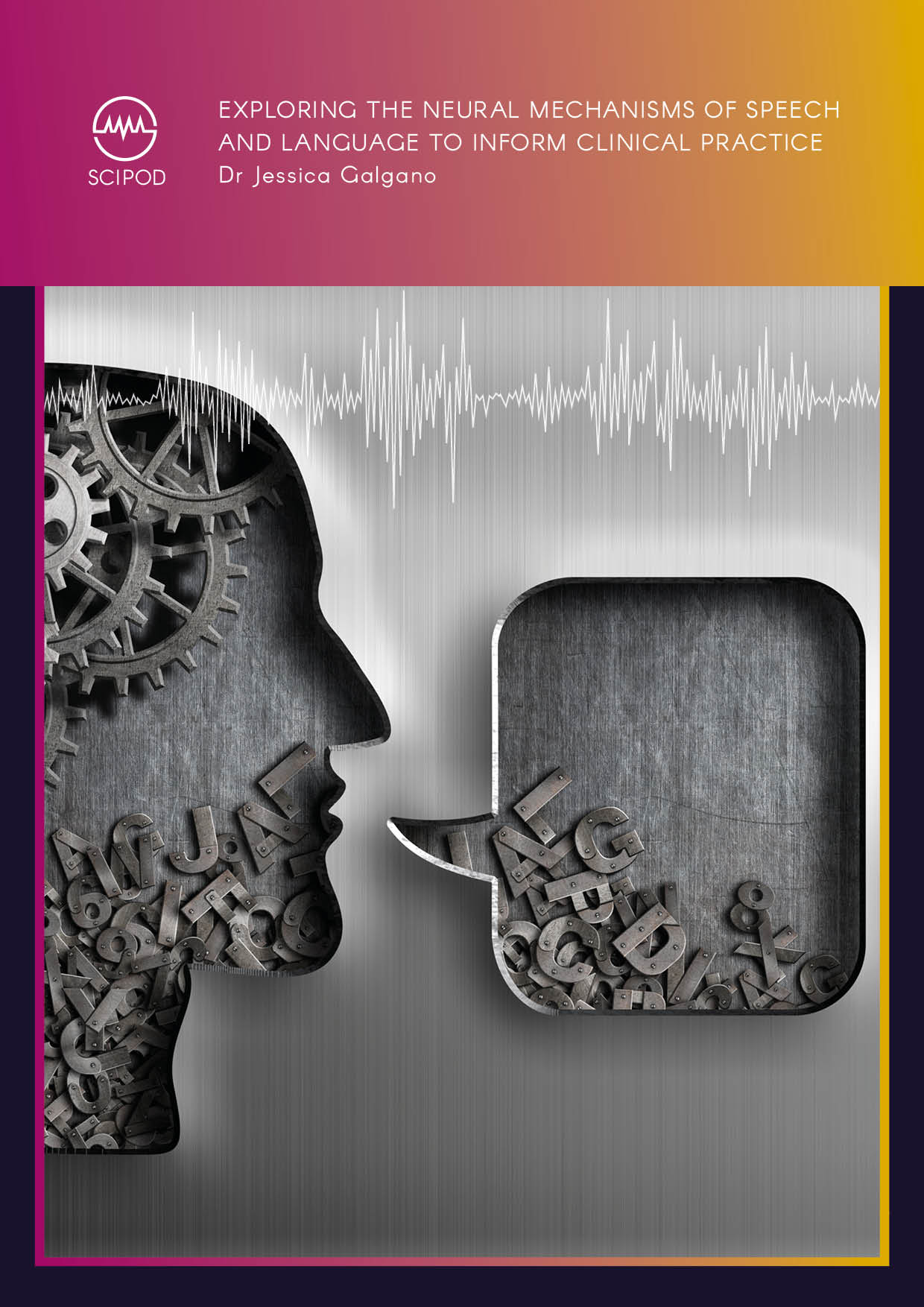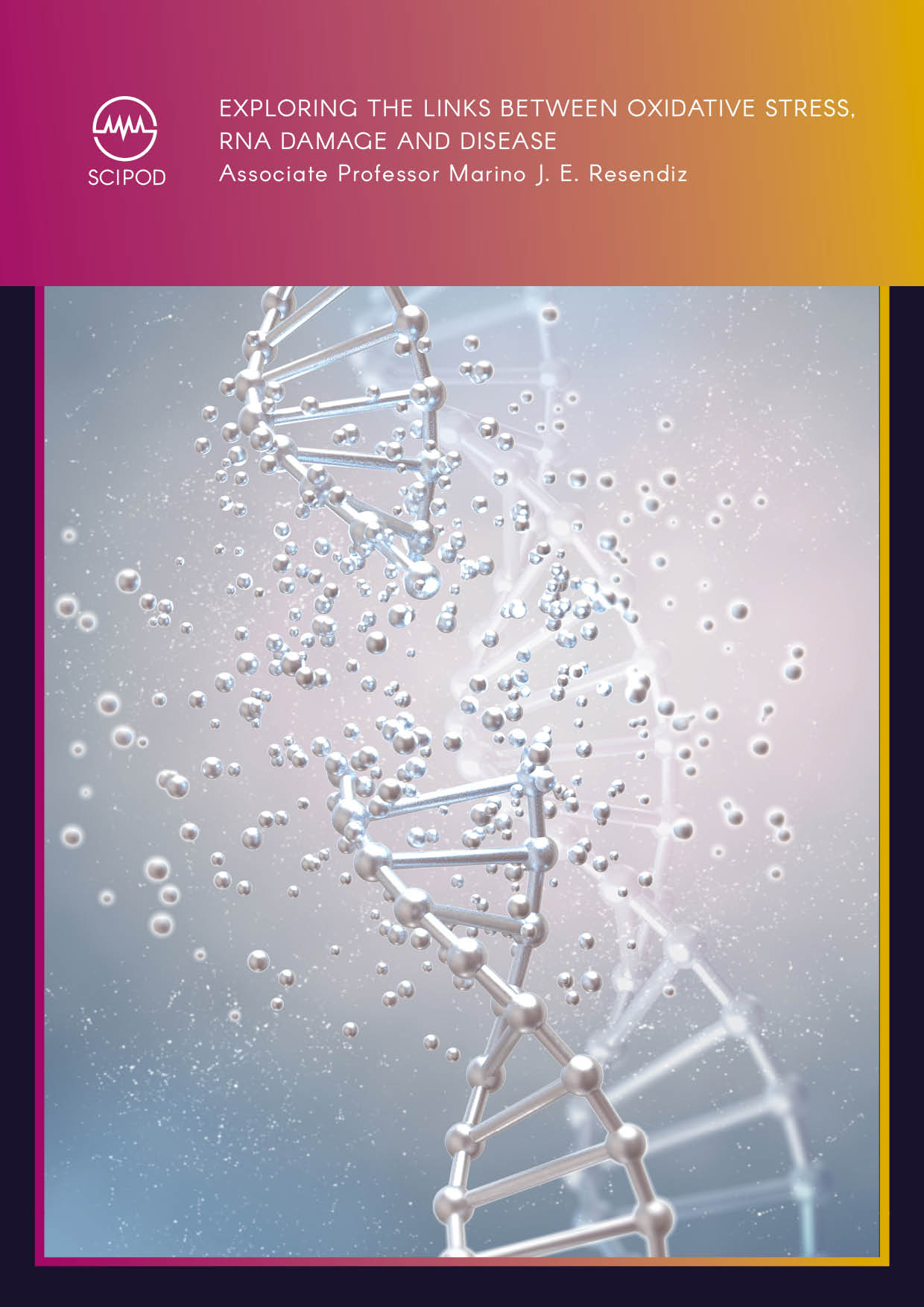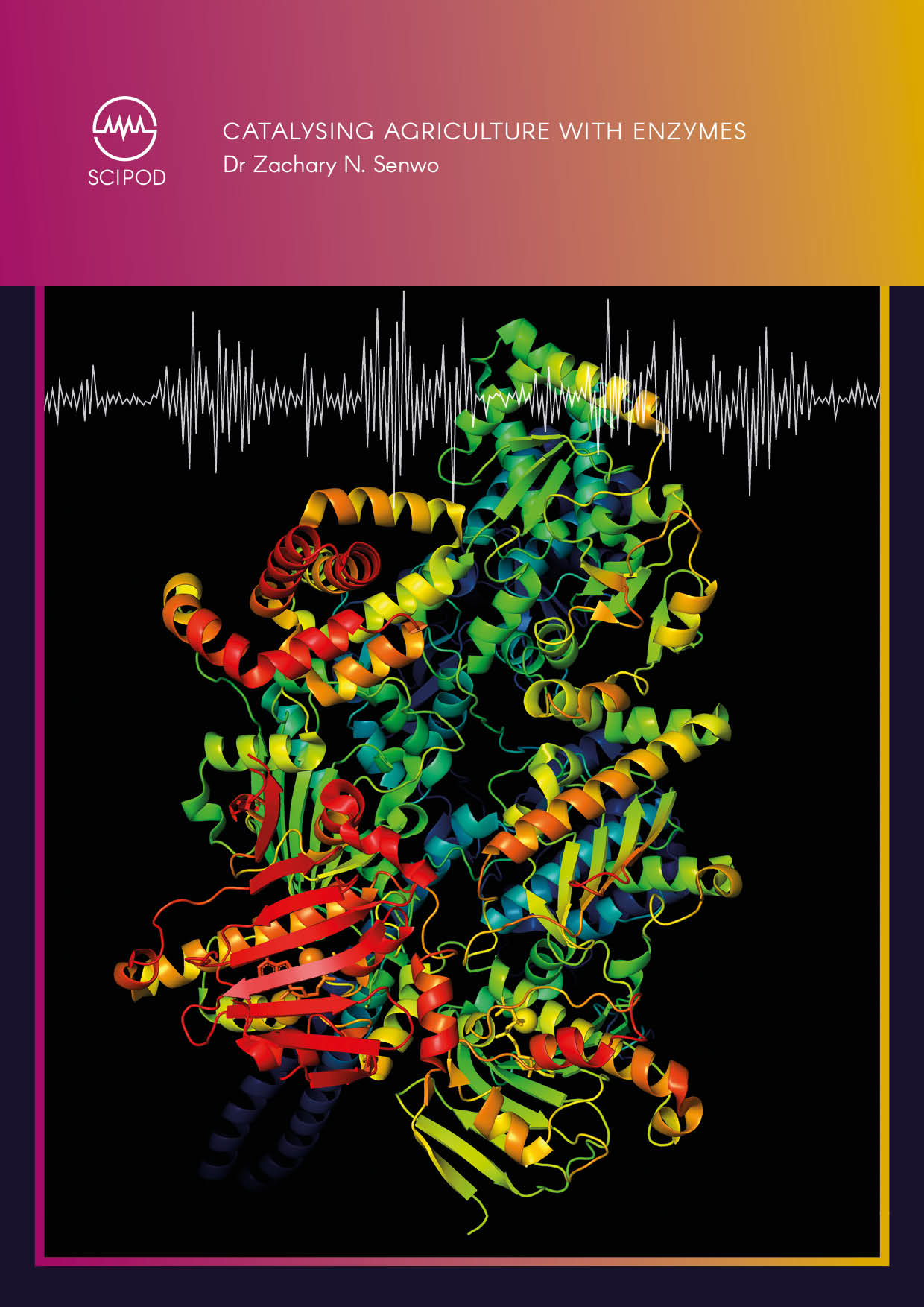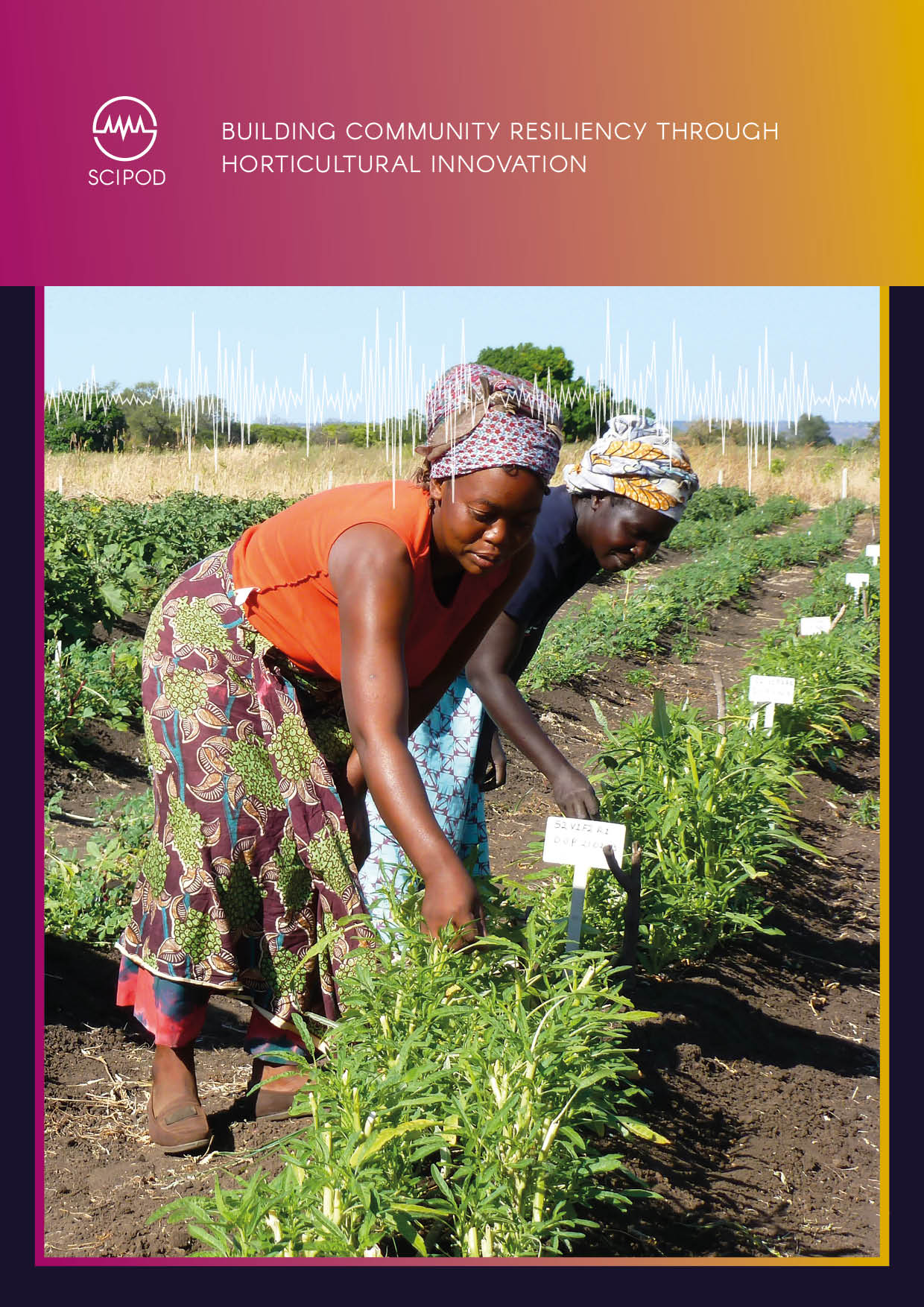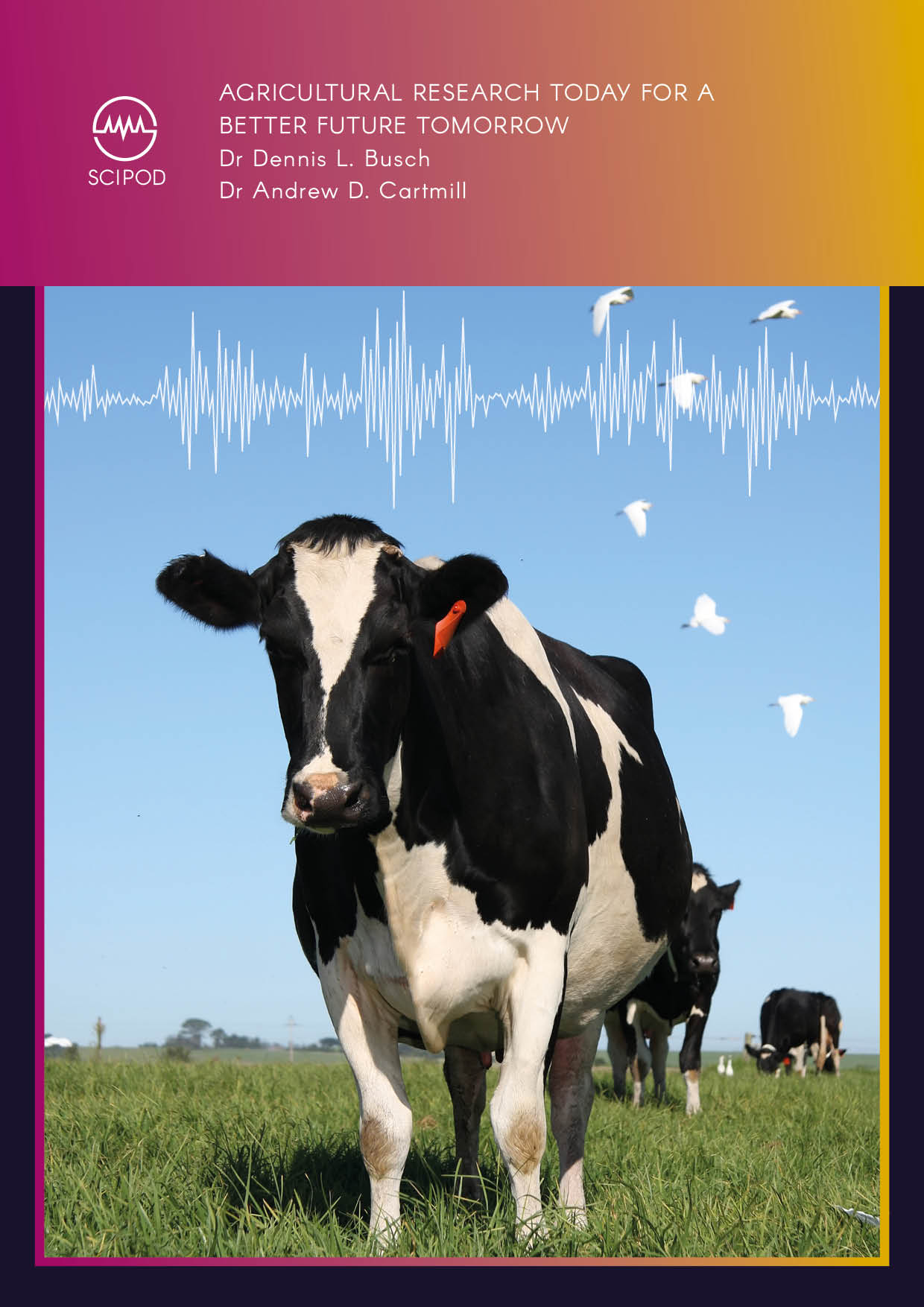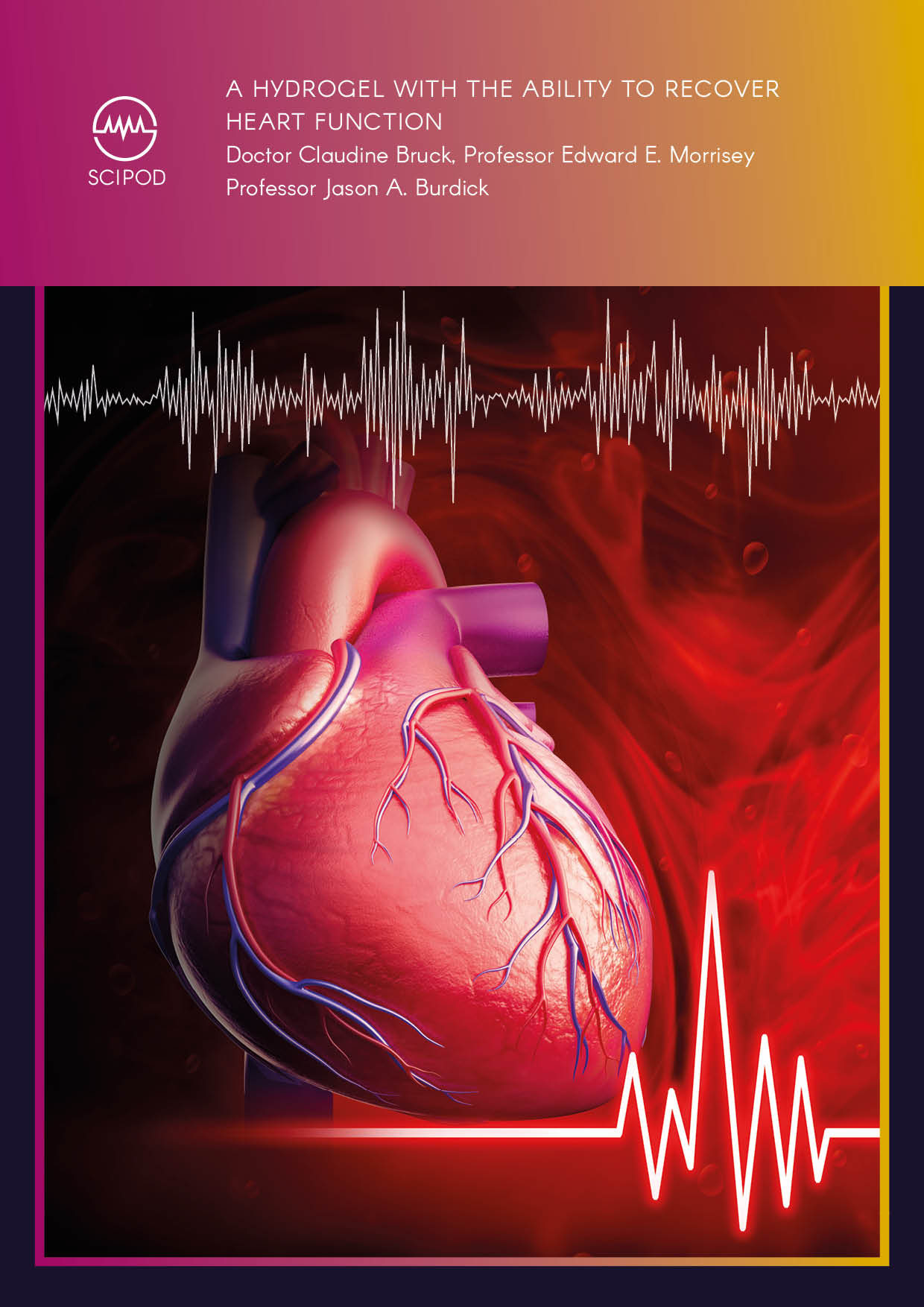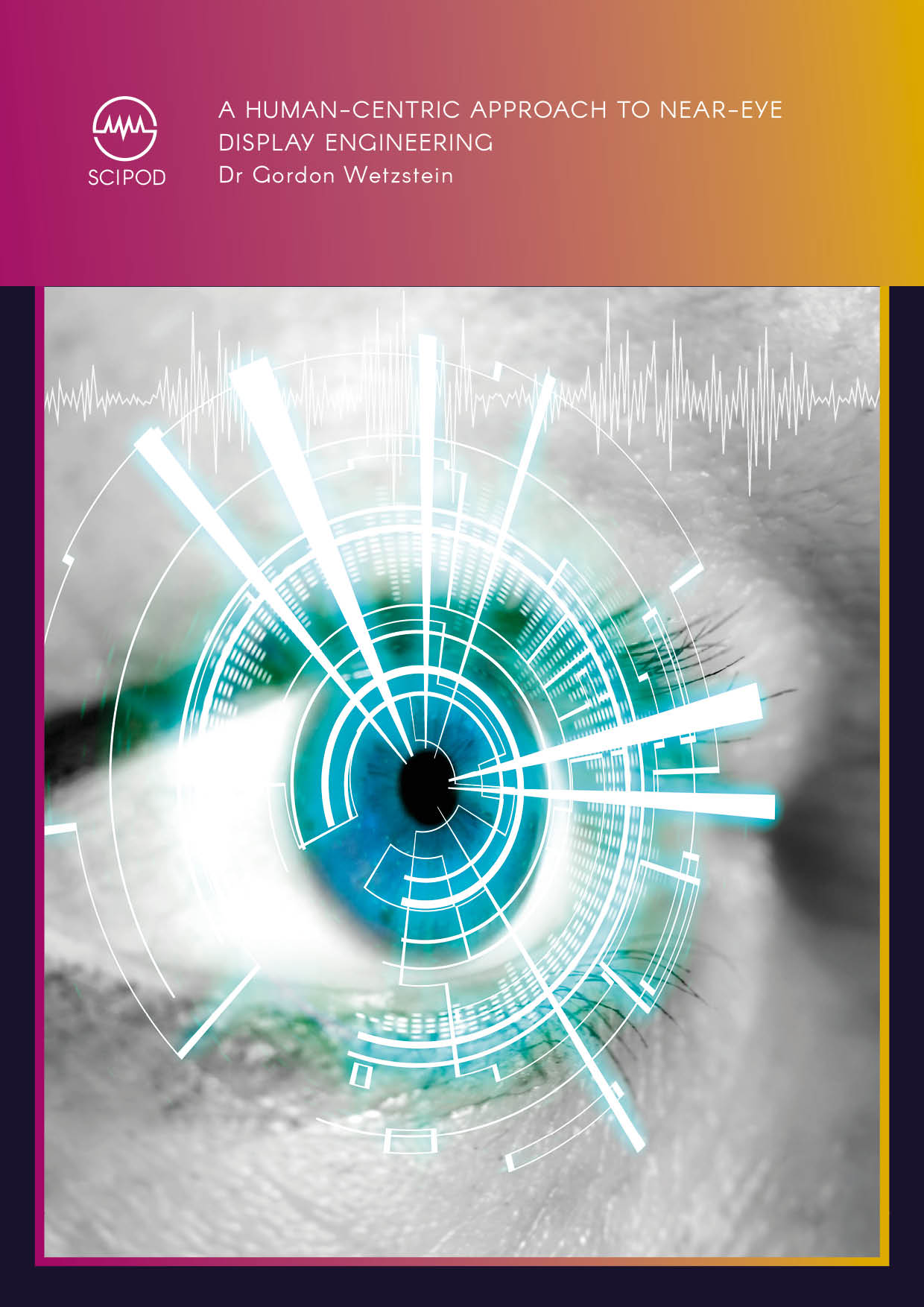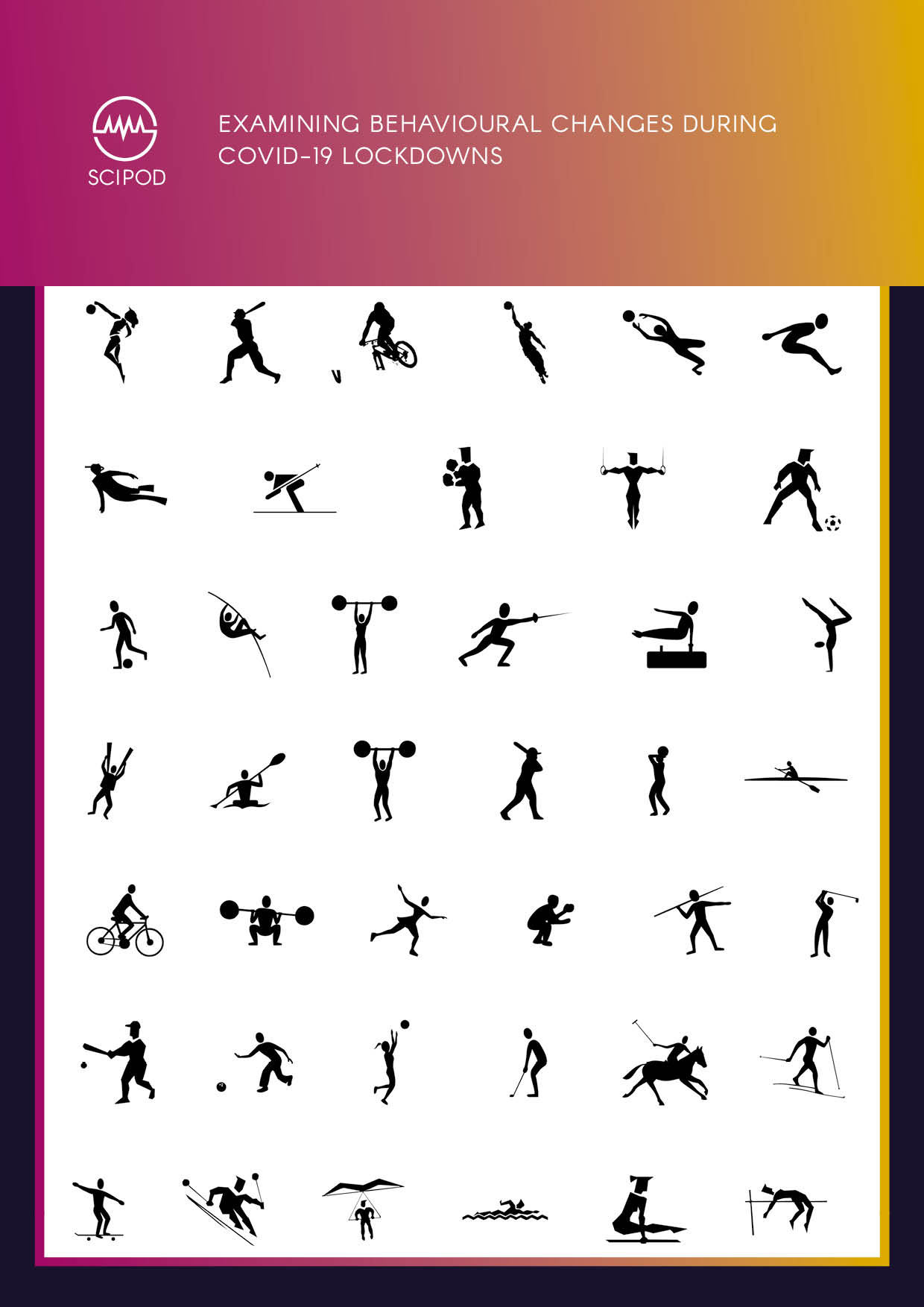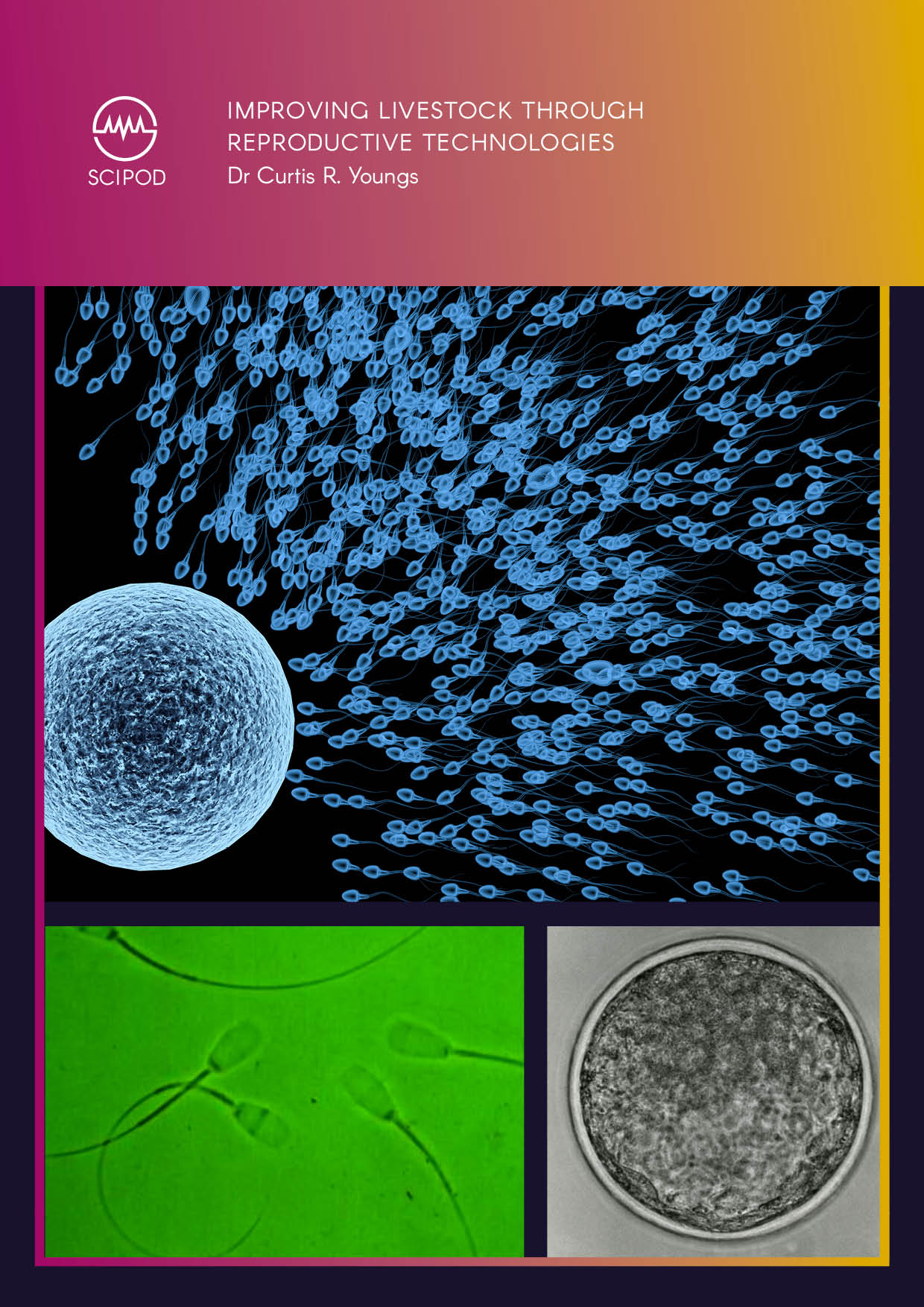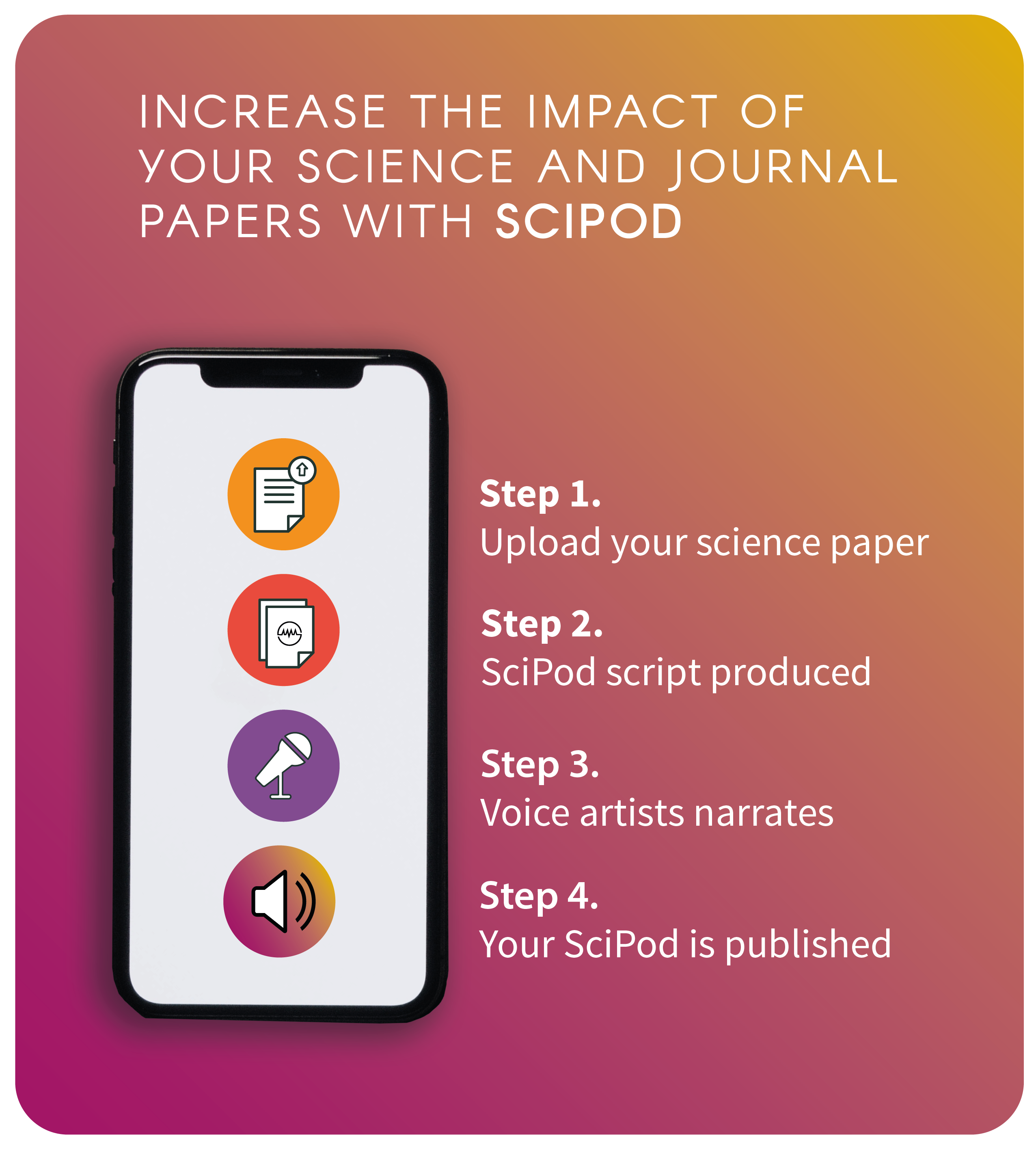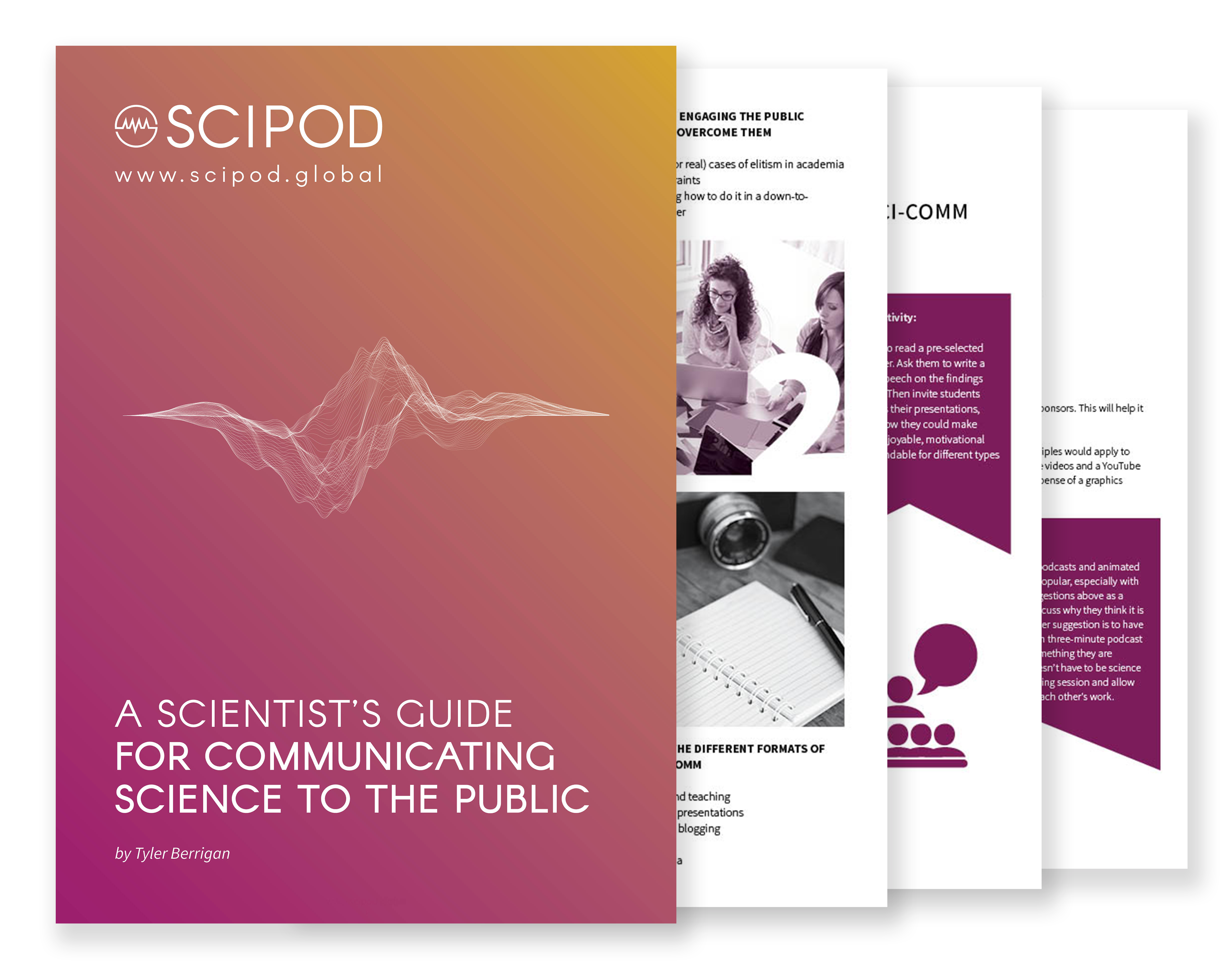Welcome to SciComm Radio
An exclusive interview series with leading scientists and science communicators
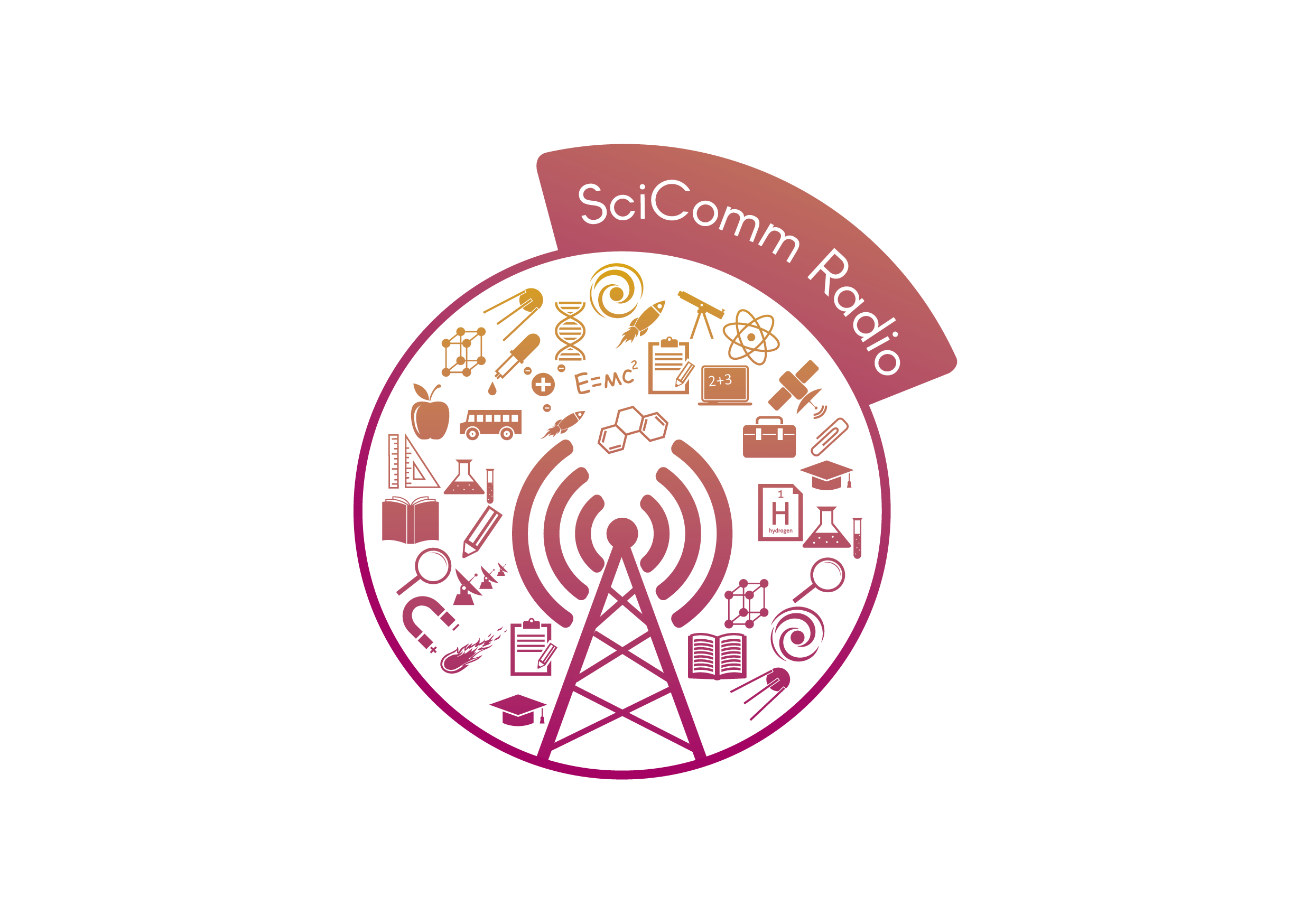
Click Below To Listen To A SciPod Radio Episode
Optimising Carbon – Hydrogen Bond Activation For Efficient Organic Synthesis – Dr Oscar Verho, Uppsala University
Optimising Carbon – Hydrogen Bond Activation For Efficient Organic Synthesis – Dr Oscar Verho, Uppsala University
Original Article Reference
This SciPod is a summary of the paper:
https://doi.org/10.33548/SCIENTIA647
Share Episode
About this episode
Choosing which drug molecule to build is only one part of pharmaceutical research; medicinal chemists also need to know how to synthesise drug molecules in an efficient and cost-effective manner. Dr Oscar Verho and his team at Uppsala University in Sweden have made significant progress in this area and are aiming to reduce the time and resources needed to make drug compounds. The team is researching methods to ‘activate’ the carbon-hydrogen bonds that are commonly found in organic molecules to ultimately shorten the synthetic route to the required compound.
This work is licensed under a Creative Commons Attribution 4.0 International License. 
What does this mean?
Share: You can copy and redistribute the material in any medium or format
Adapt: You can change, and build upon the material for any purpose, even commercially.
Credit: You must give appropriate credit, provide a link to the license, and indicate if changes were made.
More episodes
Increase the impact of your research
• Good science communication helps people make informed decisions and motivates them to take appropriate and affirmative action.
• Good science communication encourages everyday people to be scientifically literate so that they can analyse the integrity and legitimacy of information.
• Good science communication encourages people into STEM-related fields of study and employment.
• Good public science communication fosters a community around research that includes both members of the public, policymakers and scientists.
• In a recent survey, 75% of people suggested they would prefer to listen to an interesting story than read it.

Step 1 Upload your science paper
Step 2 SciPod script written
Step 3 Voice audio recorded
Step 4 SciPod published
Exploring the Evolution of Learning Fuelled by Mobile Technology – Dr Julia Bello Bravo, Purdue University
Exploring the Evolution of Learning Fuelled by Mobile Technology – Dr Julia Bello Bravo, Purdue University
Original Article Reference
This SciPod is a summary of the paper ‘Breaking out: the turning point in learning using mobile technology’, from Heliyon. doi.org/10.1016/j.heliyon.2021.e06595
About this episode
Research investigating the adoption of new technologies can help to unveil global trends in learning and education. Researchers at Michigan State University, University of Illinois Urbana Champaign, Texas State University and Purdue University have recently carried out a study investigating the use of devices by people in different parts of the world and with various literacy levels to access YouTube videos between 2013 and 2018. Their analyses identified key historical moments when the use of smartphones for online learning surpassed that of other information and communication technologies.
This work is licensed under a Creative Commons Attribution 4.0 International License. 
What does this mean?
Share: You can copy and redistribute the material in any medium or format
Adapt: You can change, and build upon the material for any purpose, even commercially.
Credit: You must give appropriate credit, provide a link to the license, and indicate if changes were made.
More episodes
Increase the impact of your research
• Good science communication helps people make informed decisions and motivates them to take appropriate and affirmative action.
• Good science communication encourages everyday people to be scientifically literate so that they can analyse the integrity and legitimacy of information.
• Good science communication encourages people into STEM-related fields of study and employment.
• Good public science communication fosters a community around research that includes both members of the public, policymakers and scientists.
• In a recent survey, 75% of people suggested they would prefer to listen to an interesting story than read it.

Step 1 Upload your science paper
Step 2 SciPod script written
Step 3 Voice audio recorded
Step 4 SciPod published
Exploring the Potential of Mobile Learning for Farmers in Remote Regions – Dr Julia Bello-Bravo, Purdue University
Exploring the Potential of Mobile Learning for Farmers in Remote Regions – Dr Julia Bello-Bravo, Purdue University
Original Article Reference
This SciPod is a summary of the paper ‘An 89% solution adoption rate at a two-year follow up: evaluating the effectiveness of an animated agricultural video approach’ from Information Technology for Development. doi.org/10.1080/02681102.2019.1697632
About this episode
Despite advances in agricultural science, communicating best practices to farmers in remote areas remains difficult. Although mobile learning tools, such as animated videos, have the potential to effectively present new information to diverse, isolated audiences, their long-term efficacy is poorly understood. A team of researchers from the Agricultural Research Institute of Mozambique, Michigan State University and Iowa State University followed up with farmers in Mozambique two years after receiving video-based, mobile instruction. Their findings suggest these methods are just as successful as in-person teaching styles in improving farmers’ ability to retain and use new information.
This work is licensed under a Creative Commons Attribution 4.0 International License. 
What does this mean?
Share: You can copy and redistribute the material in any medium or format
Adapt: You can change, and build upon the material for any purpose, even commercially.
Credit: You must give appropriate credit, provide a link to the license, and indicate if changes were made.
More episodes
Increase the impact of your research
• Good science communication helps people make informed decisions and motivates them to take appropriate and affirmative action.
• Good science communication encourages everyday people to be scientifically literate so that they can analyse the integrity and legitimacy of information.
• Good science communication encourages people into STEM-related fields of study and employment.
• Good public science communication fosters a community around research that includes both members of the public, policymakers and scientists.
• In a recent survey, 75% of people suggested they would prefer to listen to an interesting story than read it.

Step 1 Upload your science paper
Step 2 SciPod script written
Step 3 Voice audio recorded
Step 4 SciPod published
Investigating the Effect of Vitamin C on the Evolution of Insecticide Resistance – Dr Barry Pittendrigh, Purdue University
Investigating the Effect of Vitamin C on the Evolution of Insecticide Resistance – Dr Barry Pittendrigh, Purdue University
Original Article Reference
This SciPod is a summary of the paper ‘Dietary antioxidant vitamin C influences the evolutionary path of insecticide resistance in Drosophila melanogaster’, published in the journal Pesticide Biochemistry and Physiology. doi.org/10.1016/j.pestbp.2020.104631
About this episode
Dietary antioxidants, such as vitamin C, are known to reduce the negative effects of toxins in mammals by preventing cellular damage caused by reactive oxygen species. However, it is not known whether these antioxidants have a similar protective effect in insects. A team led by Dr Barry Pittendrigh at Purdue University have investigated the adaptive responses of fruit flies to insecticide exposure in the presence of vitamin C. Their work has exciting implications for reducing the threat of insecticide resistance in insect pests.
This work is licensed under a Creative Commons Attribution 4.0 International License. 
What does this mean?
Share: You can copy and redistribute the material in any medium or format
Adapt: You can change, and build upon the material for any purpose, even commercially.
Credit: You must give appropriate credit, provide a link to the license, and indicate if changes were made.
More episodes
Increase the impact of your research
• Good science communication helps people make informed decisions and motivates them to take appropriate and affirmative action.
• Good science communication encourages everyday people to be scientifically literate so that they can analyse the integrity and legitimacy of information.
• Good science communication encourages people into STEM-related fields of study and employment.
• Good public science communication fosters a community around research that includes both members of the public, policymakers and scientists.
• In a recent survey, 75% of people suggested they would prefer to listen to an interesting story than read it.

Step 1 Upload your science paper
Step 2 SciPod script written
Step 3 Voice audio recorded
Step 4 SciPod published
Identifying an Achilles’ Heel in Insecticide Resistance – Dr Barry Pittendrigh, Purdue University
Identifying an Achilles’ Heel in Insecticide Resistance – Dr Barry Pittendrigh, Purdue University
Original Article Reference
This SciPod is a summary of the paper ‘The insulin signalling pathway in Drosophila melanogaster. A nexus revealing an “Achilles’ heel” in DDT resistance’, published in Pesticide Biochemistry and Physiology. doi.org/10.1016/j.pestbp.2020.104727
About this episode
Insecticide resistance is an ongoing challenge for agriculture and the control of insect-transmitted diseases. In a recent study at Purdue University, a team of scientists led by Dr Barry Pittendrigh identified a potential chink in the armour of insecticide resistance in fruit flies. If this Achilles’ heel can be exploited, it bodes well for the future control of destructive insects.
This work is licensed under a Creative Commons Attribution 4.0 International License. 
What does this mean?
Share: You can copy and redistribute the material in any medium or format
Adapt: You can change, and build upon the material for any purpose, even commercially.
Credit: You must give appropriate credit, provide a link to the license, and indicate if changes were made.
More episodes
Increase the impact of your research
• Good science communication helps people make informed decisions and motivates them to take appropriate and affirmative action.
• Good science communication encourages everyday people to be scientifically literate so that they can analyse the integrity and legitimacy of information.
• Good science communication encourages people into STEM-related fields of study and employment.
• Good public science communication fosters a community around research that includes both members of the public, policymakers and scientists.
• In a recent survey, 75% of people suggested they would prefer to listen to an interesting story than read it.

Step 1 Upload your science paper
Step 2 SciPod script written
Step 3 Voice audio recorded
Step 4 SciPod published
Neurodevelopmental Disorders Arising From Histone Methylation Malfunctions – Dr Shigeki Iwase, University Of Michigan
Neurodevelopmental Disorders Arising From Histone Methylation Malfunctions – Dr Shigeki Iwase, University Of Michigan
Original Article Reference
This SciPod is a summary of the paper:
https://doi.org/10.33548/SCIENTIA643
Share Episode
About this episode
Neurodevelopmental disorders range from those on the relatively common autism spectrum to much rarer disorders such as KDM5C-disorder and Weidemann-Steiner Syndrome. Exciting advancements in human genetics have shown that histones – the proteins our DNA wraps around – play a vital role in healthy brain development. Dr Shigeki Iwase from the University of Michigan studies how mutations in the enzymes that regulate histone structure and function can cause cognitive disorders. His work has led to important new discoveries, including how counterpart enzymes can be utilised for therapies.
This work is licensed under a Creative Commons Attribution 4.0 International License. 
What does this mean?
Share: You can copy and redistribute the material in any medium or format
Adapt: You can change, and build upon the material for any purpose, even commercially.
Credit: You must give appropriate credit, provide a link to the license, and indicate if changes were made.
More episodes
Increase the impact of your research
• Good science communication helps people make informed decisions and motivates them to take appropriate and affirmative action.
• Good science communication encourages everyday people to be scientifically literate so that they can analyse the integrity and legitimacy of information.
• Good science communication encourages people into STEM-related fields of study and employment.
• Good public science communication fosters a community around research that includes both members of the public, policymakers and scientists.
• In a recent survey, 75% of people suggested they would prefer to listen to an interesting story than read it.

Step 1 Upload your science paper
Step 2 SciPod script written
Step 3 Voice audio recorded
Step 4 SciPod published
Mapping Brain Networks To Understand Epilepsy – Dr Victoria Morgan, Vanderbilt University Medical Center
Mapping Brain Networks To Understand Epilepsy – Dr Victoria Morgan, Vanderbilt University Medical Center
Original Article Reference
This SciPod is a summary of the paper:
https://doi.org/10.33548/SCIENTIA610
Share Episode
About this episode
Epilepsy is one of the most common causes of disability worldwide, but for many patients, treatment fails to be effective. Dr Victoria Morgan and her team from the Department of Radiology and Radiological Sciences at Vanderbilt University Medical Center are using functional connectivity mapping to find out why some patients respond better to treatment and what alternative ways there may be to tackle this debilitating disorder.
This work is licensed under a Creative Commons Attribution 4.0 International License. 
What does this mean?
Share: You can copy and redistribute the material in any medium or format
Adapt: You can change, and build upon the material for any purpose, even commercially.
Credit: You must give appropriate credit, provide a link to the license, and indicate if changes were made.
More episodes
Increase the impact of your research
• Good science communication helps people make informed decisions and motivates them to take appropriate and affirmative action.
• Good science communication encourages everyday people to be scientifically literate so that they can analyse the integrity and legitimacy of information.
• Good science communication encourages people into STEM-related fields of study and employment.
• Good public science communication fosters a community around research that includes both members of the public, policymakers and scientists.
• In a recent survey, 75% of people suggested they would prefer to listen to an interesting story than read it.

Step 1 Upload your science paper
Step 2 SciPod script written
Step 3 Voice audio recorded
Step 4 SciPod published
Improving Patient Outcomes In Traumatic Brain Injury – Dr Jack Jallo, Thomas Jefferson University
Improving Patient Outcomes In Traumatic Brain Injury – Dr Jack Jallo, Thomas Jefferson University
Original Article Reference
This SciPod is a summary of the paper:
https://doi.org/10.33548/SCIENTIA619
Share Episode
About this episode
Severe traumatic brain injury (TBI) is associated with high rates of disability and even mortality. Understanding the relationship between patient outcomes and the treatment received, as well as other physiological factors such as inflammation, can improve how we approach TBI. Dr Jack Jallo and his team from the Department of Neurological Surgery at Thomas Jefferson University are researching the factors that influence TBI recovery to help design better care management protocols and optimise patient recovery.
This work is licensed under a Creative Commons Attribution 4.0 International License. 
What does this mean?
Share: You can copy and redistribute the material in any medium or format
Adapt: You can change, and build upon the material for any purpose, even commercially.
Credit: You must give appropriate credit, provide a link to the license, and indicate if changes were made.
More episodes
Increase the impact of your research
• Good science communication helps people make informed decisions and motivates them to take appropriate and affirmative action.
• Good science communication encourages everyday people to be scientifically literate so that they can analyse the integrity and legitimacy of information.
• Good science communication encourages people into STEM-related fields of study and employment.
• Good public science communication fosters a community around research that includes both members of the public, policymakers and scientists.
• In a recent survey, 75% of people suggested they would prefer to listen to an interesting story than read it.

Step 1 Upload your science paper
Step 2 SciPod script written
Step 3 Voice audio recorded
Step 4 SciPod published
Improving Biodiversity Monitoring Today For Better Conservation Tomorrow – Dr Marta Jarzyna, The Ohio State University
Improving Biodiversity Monitoring Today For Better Conservation Tomorrow – Dr Marta Jarzyna, The Ohio State University
Original Article Reference
This SciPod is a summary of the paper:
Share Episode
About this episode
Chlamydia pneumoniae (or Cp for short) is a respiratory bacterium that causes treatable lung infections in humans and has been linked to the development of asthma. In a recent study, Dr David L. Hahn at St Mary’s Hospital in Madison, Wisconsin, USA, conducted a systematic review and meta-analysis of the available published data on the frequency and impact of Cp infection in child and adult asthma patients, and considered the potential implications for treatment.
This work is licensed under a Creative Commons Attribution 4.0 International License. 
What does this mean?
Share: You can copy and redistribute the material in any medium or format
Adapt: You can change, and build upon the material for any purpose, even commercially.
Credit: You must give appropriate credit, provide a link to the license, and indicate if changes were made.
More episodes
Increase the impact of your research
• Good science communication helps people make informed decisions and motivates them to take appropriate and affirmative action.
• Good science communication encourages everyday people to be scientifically literate so that they can analyse the integrity and legitimacy of information.
• Good science communication encourages people into STEM-related fields of study and employment.
• Good public science communication fosters a community around research that includes both members of the public, policymakers and scientists.
• In a recent survey, 75% of people suggested they would prefer to listen to an interesting story than read it.

Step 1 Upload your science paper
Step 2 SciPod script written
Step 3 Voice audio recorded
Step 4 SciPod published
The Frequency and Impact of Chlamydia Pneumoniae Infection in Chronic Asthma Patients – Dr David L. Hahn
The Frequency and Impact of Chlamydia Pneumoniae Infection in Chronic Asthma Patients – Dr David L. Hahn
Original Article Reference
This SciPod is a summary of the paper ‘Chlamydia pneumoniae and chronic asthma: Updated systematic review and meta-analysis of population attributable risk’, published in the open access journal PLoS ONE.
https://journals.plos.org/plosone/article?id=10.1371/journal.pone.0250034
Share Episode
About this episode
Chlamydia pneumoniae (or Cp for short) is a respiratory bacterium that causes treatable lung infections in humans and has been linked to the development of asthma. In a recent study, Dr David L. Hahn at St Mary’s Hospital in Madison, Wisconsin, USA, conducted a systematic review and meta-analysis of the available published data on the frequency and impact of Cp infection in child and adult asthma patients, and considered the potential implications for treatment.
This work is licensed under a Creative Commons Attribution 4.0 International License. 
What does this mean?
Share: You can copy and redistribute the material in any medium or format
Adapt: You can change, and build upon the material for any purpose, even commercially.
Credit: You must give appropriate credit, provide a link to the license, and indicate if changes were made.
More episodes
Increase the impact of your research
• Good science communication helps people make informed decisions and motivates them to take appropriate and affirmative action.
• Good science communication encourages everyday people to be scientifically literate so that they can analyse the integrity and legitimacy of information.
• Good science communication encourages people into STEM-related fields of study and employment.
• Good public science communication fosters a community around research that includes both members of the public, policymakers and scientists.
• In a recent survey, 75% of people suggested they would prefer to listen to an interesting story than read it.

Step 1 Upload your science paper
Step 2 SciPod script written
Step 3 Voice audio recorded
Step 4 SciPod published
Exposure to Commonly Used Pesticides May Harm Health – Professor Kathleen Susman
Exposure to Commonly Used Pesticides May Harm Health – Professor Kathleen Susman
Original Article Reference
This SciPod is a summary of the paper:
‘Neonicotinoid-containing insecticide disruption of growth, locomotion, and fertility in Caenorhabditis elegans’ from PLOS One https://doi.org/10.1371/journal.pone.0238637
Share Episode
About this episode
Conventional agricultural practices have greatly increased the yield and efficiency of modern farming, allowing us to better feed a growing population. To protect crops from pests and disease, we rely heavily on chemical pesticides. However, the impacts of pesticide use are not localised to plants – there is growing awareness that pesticides can negatively affect many other organisms, including humans. Professor Kathleen Susman of Vassar College in New York, along with her colleagues, assessed whether a commonly used class of pesticides, neonicotinoids, have the potential to cause damaging effects in non-target organisms. Her findings also have implications for human health.
This work is licensed under a Creative Commons Attribution 4.0 International License. 
What does this mean?
Share: You can copy and redistribute the material in any medium or format
Adapt: You can change, and build upon the material for any purpose, even commercially.
Credit: You must give appropriate credit, provide a link to the license, and indicate if changes were made.
More episodes
Increase the impact of your research
• Good science communication helps people make informed decisions and motivates them to take appropriate and affirmative action.
• Good science communication encourages everyday people to be scientifically literate so that they can analyse the integrity and legitimacy of information.
• Good science communication encourages people into STEM-related fields of study and employment.
• Good public science communication fosters a community around research that includes both members of the public, policymakers and scientists.
• In a recent survey, 75% of people suggested they would prefer to listen to an interesting story than read it.

Step 1 Upload your science paper
Step 2 SciPod script written
Step 3 Voice audio recorded
Step 4 SciPod published
A Statistical Approach to the Reproducibility Crisis
A Statistical Approach to the Reproducibility Crisis
Original Article Reference
This SciPod is a summary of the paper:
‘Factoring a 2 x 2 contingency table’, from PLOS one. doi.org/10.1371/journal.pone.0224460
Share Episode
Watch to learn more
About this episode
Many fields of experimental research are now facing a daunting challenge: despite the fact that separate research teams may work on the same system, the end results of their experiments can be widely varied. In his research, Dr Stanley Luck, at the Science, Technology and Research Institute of Delaware, explores the reasons behind this inherent inability to reproduce experimental results. Based on his analysis, he now suggests two key requirements that must be met to overcome this crisis, which could have a profound influence over the techniques employed by experimental researchers in the future.
More episodes
This work is licensed under a Creative Commons Attribution 4.0 International License. 
What does this mean?
Share: You can copy and redistribute the material in any medium or format
Adapt: You can change, and build upon the material for any purpose, even commercially.
Credit: You must give appropriate credit, provide a link to the license, and indicate if changes were made.
Increase the impact of your research
• Good science communication helps people make informed decisions and motivates them to take appropriate and affirmative action.
• Good science communication encourages everyday people to be scientifically literate so that they can analyse the integrity and legitimacy of information.
• Good science communication encourages people into STEM-related fields of study and employment.
• Good public science communication fosters a community around research that includes members of the public, policymakers and scientists.
• In a recent survey, 75% of people suggested they would prefer to listen to an interesting story than read it.

Step 1 Upload your science paper
Step 2 SciPod script written
Step 3 Voice audio recorded
Step 4 SciPod published
Illuminating New Insights Into Lightning Initiation Through Interferometry -Dr Xuan – Min Shao, Los Alamos National Laboratory
Illuminating New Insights Into Lightning Initiation Through Interferometry -Dr Xuan – Min Shao, Los Alamos National Laboratory
Original Article Reference
This SciPod is a summary of the paper:
https://doi.org/10.33548/SCIENTIA604
Share Episode
About this episode
Radio frequency inteferometric lightning maps are important tools for researchers exploring the electrical processes that unfold within storm clouds. Dr Xuan-Min Shao and colleagues at Los Alamos National Laboratory in New Mexico, who first introduced broadband interferometry to lightning research over two decades ago, have now developed an advanced ‘beam steering’ interferometry technique to significantly improve the accuracy of lightning mapping. This approach, together with their recently developed polarisation detection technique, has begun to reveal new physics involved in lightning discharges. Their recent work shows how lightning initiation, which has been poorly understood until now, may be linked to high-energy cosmic particles entering Earth’s atmosphere.
This work is licensed under a Creative Commons Attribution 4.0 International License. 
What does this mean?
Share: You can copy and redistribute the material in any medium or format
Adapt: You can change, and build upon the material for any purpose, even commercially.
Credit: You must give appropriate credit, provide a link to the license, and indicate if changes were made.
More episodes
Increase the impact of your research
• Good science communication helps people make informed decisions and motivates them to take appropriate and affirmative action.
• Good science communication encourages everyday people to be scientifically literate so that they can analyse the integrity and legitimacy of information.
• Good science communication encourages people into STEM-related fields of study and employment.
• Good public science communication fosters a community around research that includes both members of the public, policymakers and scientists.
• In a recent survey, 75% of people suggested they would prefer to listen to an interesting story than read it.

Step 1 Upload your science paper
Step 2 SciPod script written
Step 3 Voice audio recorded
Step 4 SciPod published
Humanitarian Engineering Training Engineers To Best Serve Communities – Colorado School Of Mines
Humanitarian Engineering Training Engineers To Best Serve Communities – Colorado School Of Mines
Original Article Reference
This SciPod is a summary of the paper:
https://doi.org/10.33548/SCIENTIA584
Share Episode
About this episode
Engineering is one of the most impactful and transformative fields of teaching, research, and practice, as it shapes the world we live in and ensures the functioning of many systems that maintain human life. The Colorado School of Mines created the first Humanitarian Engineering (HE) program to train engineering students to devise solutions that are efficient, ethical, socially responsible and sustainable. Its students work closely with the communities they serve, thinking critically about their needs.
This work is licensed under a Creative Commons Attribution 4.0 International License. 
What does this mean?
Share: You can copy and redistribute the material in any medium or format
Adapt: You can change, and build upon the material for any purpose, even commercially.
Credit: You must give appropriate credit, provide a link to the license, and indicate if changes were made.
More episodes
Increase the impact of your research
• Good science communication helps people make informed decisions and motivates them to take appropriate and affirmative action.
• Good science communication encourages everyday people to be scientifically literate so that they can analyse the integrity and legitimacy of information.
• Good science communication encourages people into STEM-related fields of study and employment.
• Good public science communication fosters a community around research that includes both members of the public, policymakers and scientists.
• In a recent survey, 75% of people suggested they would prefer to listen to an interesting story than read it.

Step 1 Upload your science paper
Step 2 SciPod script written
Step 3 Voice audio recorded
Step 4 SciPod published
Hookah Smoking Understanding User Perceptions And Health Risks -Professor Mary Rezk – Hanna, University Of California
Hookah Smoking Understanding User Perceptions And Health Risks -Professor Mary Rezk – Hanna, University Of California
Original Article Reference
This SciPod is a summary of the paper:
https://doi.org/10.33548/SCIENTIA647
Share Episode
About this episode
Hookah smoking is the least regulated tobacco form. It is rapidly gaining in popularity to the extent that we are now facing a contemporary epidemic of tobacco abuse. Of particular concern is the level of usage among youth and young adults. Professor Mary Rezk-Hanna from the University of California, Los Angeles works with a group of scientists who aim to drive policy regulation of tobacco and alternative tobacco products, including hookah smoking, by investigating their health effects on the cardiovascular system.
This work is licensed under a Creative Commons Attribution 4.0 International License. 
What does this mean?
Share: You can copy and redistribute the material in any medium or format
Adapt: You can change, and build upon the material for any purpose, even commercially.
Credit: You must give appropriate credit, provide a link to the license, and indicate if changes were made.
More episodes
Increase the impact of your research
• Good science communication helps people make informed decisions and motivates them to take appropriate and affirmative action.
• Good science communication encourages everyday people to be scientifically literate so that they can analyse the integrity and legitimacy of information.
• Good science communication encourages people into STEM-related fields of study and employment.
• Good public science communication fosters a community around research that includes both members of the public, policymakers and scientists.
• In a recent survey, 75% of people suggested they would prefer to listen to an interesting story than read it.

Step 1 Upload your science paper
Step 2 SciPod script written
Step 3 Voice audio recorded
Step 4 SciPod published
Herbivore Helpers Using Livestock To Manage Rangelands – Dr John Walker, Texas A&M University
Herbivore Helpers Using Livestock To Manage Rangelands – Dr John Walker, Texas A&M University
Original Article Reference
This SciPod is a summary of the paper:
https://doi.org/10.33548/SCIENTIA637
Share Episode
About this episode
Domestic herbivores – such as cattle, sheep, and goats – are remarkably important to ecosystems. Their feeding behaviours aid the management of natural habitats by preventing any individual plant species dominating the landscape. Thus, understanding livestock dietary preferences is vital for informing land management decisions. Dr John Walker from the Texas A&M AgriLife Research and Extension Center has devoted his career to exploring livestock dietary preferences, and how they can be manipulated to benefit rangelands. His ‘Aggie Cedar Eater’ (ACE) goats are now helping to control invasive juniper shrubs across the Great Plains of the US.
This work is licensed under a Creative Commons Attribution 4.0 International License. 
What does this mean?
Share: You can copy and redistribute the material in any medium or format
Adapt: You can change, and build upon the material for any purpose, even commercially.
Credit: You must give appropriate credit, provide a link to the license, and indicate if changes were made.
More episodes
Increase the impact of your research
• Good science communication helps people make informed decisions and motivates them to take appropriate and affirmative action.
• Good science communication encourages everyday people to be scientifically literate so that they can analyse the integrity and legitimacy of information.
• Good science communication encourages people into STEM-related fields of study and employment.
• Good public science communication fosters a community around research that includes both members of the public, policymakers and scientists.
• In a recent survey, 75% of people suggested they would prefer to listen to an interesting story than read it.

Step 1 Upload your science paper
Step 2 SciPod script written
Step 3 Voice audio recorded
Step 4 SciPod published
Glycomimetic Peptides As Immune System Activators In The Treatment Of Cancer And Viral Infections – Susavion Biosciences
Glycomimetic Peptides As Immune System Activators In The Treatment Of Cancer And Viral Infections – Susavion Biosciences
Original Article Reference
This SciPod is a summary of the paper:
https://doi.org/10.33548/SCIENTIA620
Share Episode
About this episode
Immune system cells express a number of receptors that bind to sugar ligands. This binding initiates the activation of T-cell lymphocytes and natural killer cells. Dr J. Kenneth Hoober, Dr Laura L. Eggink and the team at Susavion have designed peptides that bind to different receptors on immune cells. The peptides effectively extend the lives of mice with glioblastoma and ovarian cancer, and prevent the replication of viruses in the presence of non-neutralising antibodies. The mechanism of action of their peptides could inspire the development of effective treatments for Covid-19 and other viral infections.
This work is licensed under a Creative Commons Attribution 4.0 International License. 
What does this mean?
Share: You can copy and redistribute the material in any medium or format
Adapt: You can change, and build upon the material for any purpose, even commercially.
Credit: You must give appropriate credit, provide a link to the license, and indicate if changes were made.
More episodes
Increase the impact of your research
• Good science communication helps people make informed decisions and motivates them to take appropriate and affirmative action.
• Good science communication encourages everyday people to be scientifically literate so that they can analyse the integrity and legitimacy of information.
• Good science communication encourages people into STEM-related fields of study and employment.
• Good public science communication fosters a community around research that includes both members of the public, policymakers and scientists.
• In a recent survey, 75% of people suggested they would prefer to listen to an interesting story than read it.

Step 1 Upload your science paper
Step 2 SciPod script written
Step 3 Voice audio recorded
Step 4 SciPod published
Professor Gemmy Cheung – The Translational Asian Age-related Macular Degeneration Program: Improving Age-related Macular Degeneration Outcomes
Professor Gemmy Cheung – The Translational Asian Age-related Macular Degeneration Program: Improving Age-related Macular Degeneration Outcomes
Original Article Reference
This SciPod is a summary of the paper:
https://doi.org/10.33548/SCIENTIA718
Share Episode
About this episode
Age-related macular degeneration (AMD) is an increasingly common disease that causes significant visual impairment. The implications include socioeconomic burdens for individuals and the population as a whole. Working to elucidate the issues surrounding AMD is Professor Gemmy Cheung, who holds senior roles at the Singapore National Eye Centre and the Singapore Eye Research Institute. She has brought together a group of expert scientists to form the Translational Asian Age-Related Macular Degeneration Program. The team is elucidating the mechanisms behind AMD to develop novel therapies, cultivate diagnostics and develop tools to better understand the impact of the disease from patients’ perspective.
This work is licensed under a Creative Commons Attribution 4.0 International License. 
What does this mean?
Share: You can copy and redistribute the material in any medium or format
Adapt: You can change, and build upon the material for any purpose, even commercially.
Credit: You must give appropriate credit, provide a link to the license, and indicate if changes were made.
More episodes
Increase the impact of your research
• Good science communication helps people make informed decisions and motivates them to take appropriate and affirmative action.
• Good science communication encourages everyday people to be scientifically literate so that they can analyse the integrity and legitimacy of information.
• Good science communication encourages people into STEM-related fields of study and employment.
• Good public science communication fosters a community around research that includes both members of the public, policymakers and scientists.
• In a recent survey, 75% of people suggested they would prefer to listen to an interesting story than read it.

Step 1 Upload your science paper
Step 2 SciPod script written
Step 3 Voice audio recorded
Step 4 SciPod published
GANP An Immunoactive Protein with a Key Role in Tumourigenesis – Dr Yasuhiro Sakai and Dr Kazuhiko Kuwahara
GANP An Immunoactive Protein with a Key Role in Tumourigenesis – Dr Yasuhiro Sakai and Dr Kazuhiko Kuwahara
Original Article Reference
This SciPod is a summary of the paper:
https://doi.org/10.33548/SCIENTIA592
Share Episode
About this episode
Investigating the role of an immune system protein, GANP, and its coding gene, ganp, Dr Yasuhiro Sakai and Dr Kazuhiko Kuwahara (Fujita Health University School of Medicine) have unveiled a potential role for this important protein in tumourigenesis. The scientists apply a multidisciplinary approach to identify potential therapeutic solutions to aid cancer prognosis, a collaboration that occurs in the emerging field of immunopathology. The researchers focus on the differential levels of GANP which appear to correlate with breast cancers (low GANP) and with lymphocytic cancers (high GANP).
This work is licensed under a Creative Commons Attribution 4.0 International License. 
What does this mean?
Share: You can copy and redistribute the material in any medium or format
Adapt: You can change, and build upon the material for any purpose, even commercially.
Credit: You must give appropriate credit, provide a link to the license, and indicate if changes were made.
More episodes
Increase the impact of your research
• Good science communication helps people make informed decisions and motivates them to take appropriate and affirmative action.
• Good science communication encourages everyday people to be scientifically literate so that they can analyse the integrity and legitimacy of information.
• Good science communication encourages people into STEM-related fields of study and employment.
• Good public science communication fosters a community around research that includes both members of the public, policymakers and scientists.
• In a recent survey, 75% of people suggested they would prefer to listen to an interesting story than read it.

Step 1 Upload your science paper
Step 2 SciPod script written
Step 3 Voice audio recorded
Step 4 SciPod published
Fighting Fire Blight in Organic Orchards – Dr Kenneth Johnson, Oregon State University
Fighting Fire Blight in Organic Orchards – Dr Kenneth Johnson, Oregon State University
Original Article Reference
This SciPod is a summary of the paper:
https://doi.org/10.33548/SCIENTIA633
Share Episode
About this episode
The bacteria that causes fire blight in apple and pear trees is notoriously difficult to control without antibiotics. With new regulations in the US preventing antibiotic use in organic orchards after 2014, organic farmers faced an impossible choice – lose their organic certification or risk the death of their trees. Working against the clock, plant pathologist Dr Kenneth Johnson from Oregon State University accelerated his efforts to provide organic farmers with another option. With his team of researchers and outreach specialists, he developed and evaluated non-antibiotic management strategies for fire blight in organic apple and pear orchards.
This work is licensed under a Creative Commons Attribution 4.0 International License. 
What does this mean?
Share: You can copy and redistribute the material in any medium or format
Adapt: You can change, and build upon the material for any purpose, even commercially.
Credit: You must give appropriate credit, provide a link to the license, and indicate if changes were made.
More episodes
Increase the impact of your research
• Good science communication helps people make informed decisions and motivates them to take appropriate and affirmative action.
• Good science communication encourages everyday people to be scientifically literate so that they can analyse the integrity and legitimacy of information.
• Good science communication encourages people into STEM-related fields of study and employment.
• Good public science communication fosters a community around research that includes both members of the public, policymakers and scientists.
• In a recent survey, 75% of people suggested they would prefer to listen to an interesting story than read it.

Step 1 Upload your science paper
Step 2 SciPod script written
Step 3 Voice audio recorded
Step 4 SciPod published
Exploring Winds in the Polar Thermosphere – Dr Ying Zou, University of Alabama in Huntsville
Exploring Winds in the Polar Thermosphere – Dr Ying Zou, University of Alabama in Huntsville
Original Article Reference
This SciPod is a summary of the paper:
https://doi.org/10.33548/SCIENTIA624
Share Episode
About this episode
Beginning 80 kilometres above Earth’s surface, and extending to the edge of the atmosphere, the thermosphere occupies a large proportion of Earth’s upper atmosphere. So far, studies of this expansive region have largely focused on how the air it contains flows over global scales. Now, Dr Ying Zou at the University of Alabama in Huntsville has explored how the thermosphere is also significantly influenced by ‘mesoscale’ interactions with Earth’s magnetosphere, creating flows spanning just hundreds of kilometres. Her team’s work could greatly improve our knowledge of how the upper atmosphere behaves.
This work is licensed under a Creative Commons Attribution 4.0 International License. 
What does this mean?
Share: You can copy and redistribute the material in any medium or format
Adapt: You can change, and build upon the material for any purpose, even commercially.
Credit: You must give appropriate credit, provide a link to the license, and indicate if changes were made.
More episodes
Increase the impact of your research
• Good science communication helps people make informed decisions and motivates them to take appropriate and affirmative action.
• Good science communication encourages everyday people to be scientifically literate so that they can analyse the integrity and legitimacy of information.
• Good science communication encourages people into STEM-related fields of study and employment.
• Good public science communication fosters a community around research that includes both members of the public, policymakers and scientists.
• In a recent survey, 75% of people suggested they would prefer to listen to an interesting story than read it.

Step 1 Upload your science paper
Step 2 SciPod script written
Step 3 Voice audio recorded
Step 4 SciPod published
Exploring the Neural Mechanisms of Speech and Language to Inform Clinical Practice – Dr Jessica Galgano, New York University
Exploring the Neural Mechanisms of Speech and Language to Inform Clinical Practice – Dr Jessica Galgano, New York University
Original Article Reference
This SciPod is a summary of the paper:
https://doi.org/10.33548/SCIENTIA640
Share Episode
About this episode
The neural mechanisms behind speech and voice production are intricate but not yet fully characterised. For speech and vocal disordered populations, understanding the central mechanisms behind speech and sound production is essential to improve treatment options and rehabilitation techniques. Taking a scientist-practitioner approach, Dr Jessica Galgano, of New York University Grossman School of Medicine and founder of Open Lines Speech and Communication, is researching the underpinnings of speech and the clinical efficacy of current treatments for voice, speech, and language disorders.
This work is licensed under a Creative Commons Attribution 4.0 International License. 
What does this mean?
Share: You can copy and redistribute the material in any medium or format
Adapt: You can change, and build upon the material for any purpose, even commercially.
Credit: You must give appropriate credit, provide a link to the license, and indicate if changes were made.
More episodes
Increase the impact of your research
• Good science communication helps people make informed decisions and motivates them to take appropriate and affirmative action.
• Good science communication encourages everyday people to be scientifically literate so that they can analyse the integrity and legitimacy of information.
• Good science communication encourages people into STEM-related fields of study and employment.
• Good public science communication fosters a community around research that includes both members of the public, policymakers and scientists.
• In a recent survey, 75% of people suggested they would prefer to listen to an interesting story than read it.

Step 1 Upload your science paper
Step 2 SciPod script written
Step 3 Voice audio recorded
Step 4 SciPod published
Exploring the Links Between Oxidative Stress, RNA Damage and Disease – Professor Marino Resendiz, University of Colorado Denver
Exploring the Links Between Oxidative Stress, RNA Damage and Disease – Professor Marino Resendiz, University of Colorado Denver
Original Article Reference
This SciPod is a summary of the paper:
https://doi.org/10.33548/SCIENTIA628
Share Episode
About this episode
When the concentration of antioxidants and free radicals in your cells is out of balance, they experience oxidative stress. This may, in turn, result in damage to important cellular components that alter their original function, potentially having a role in the progression/development of disease. Professor Marino Resendiz from the University of Colorado Denver is researching how the modifications generated by oxidative stress alter the function and structure of RNA, an important component of all cellular organisms. His work has already demonstrated some of the changes that oxidative damage can result in, and how the oxidative modifications may potentially lead to novel structures with potential therapeutic uses.
This work is licensed under a Creative Commons Attribution 4.0 International License. 
What does this mean?
Share: You can copy and redistribute the material in any medium or format
Adapt: You can change, and build upon the material for any purpose, even commercially.
Credit: You must give appropriate credit, provide a link to the license, and indicate if changes were made.
More episodes
Increase the impact of your research
• Good science communication helps people make informed decisions and motivates them to take appropriate and affirmative action.
• Good science communication encourages everyday people to be scientifically literate so that they can analyse the integrity and legitimacy of information.
• Good science communication encourages people into STEM-related fields of study and employment.
• Good public science communication fosters a community around research that includes both members of the public, policymakers and scientists.
• In a recent survey, 75% of people suggested they would prefer to listen to an interesting story than read it.

Step 1 Upload your science paper
Step 2 SciPod script written
Step 3 Voice audio recorded
Step 4 SciPod published
Catalysing Agriculture with Enzymes – Dr Zachary Senwo
Catalysing Agriculture with Enzymes – Dr Zachary Senwo
Original Article Reference
This SciPod is a summary of the paper:
https://doi.org/10.33548/SCIENTIA583
Share Episode
About this episode
Enzymes make life as we know it possible. These active proteins are vital in nutrient cycling, metabolism, and cell functioning. With their diverse range of functions and ubiquity, enzymes could offer techniques to support healthy agricultural ecosystems, and as such, improve sustainability and future food security. Understanding their activities is vital to the organic agriculture revolution. Dr Zachary Senwo and his team at Alabama Agricultural and Mechanical (A&M) University have contributed years of important research to uncover the potential of enzymes towards informing novel agricultural practices.
This work is licensed under a Creative Commons Attribution 4.0 International License. 
What does this mean?
Share: You can copy and redistribute the material in any medium or format
Adapt: You can change, and build upon the material for any purpose, even commercially.
Credit: You must give appropriate credit, provide a link to the license, and indicate if changes were made.
More episodes
Increase the impact of your research
• Good science communication helps people make informed decisions and motivates them to take appropriate and affirmative action.
• Good science communication encourages everyday people to be scientifically literate so that they can analyse the integrity and legitimacy of information.
• Good science communication encourages people into STEM-related fields of study and employment.
• Good public science communication fosters a community around research that includes both members of the public, policymakers and scientists.
• In a recent survey, 75% of people suggested they would prefer to listen to an interesting story than read it.

Step 1 Upload your science paper
Step 2 SciPod script written
Step 3 Voice audio recorded
Step 4 SciPod published
Building Community Resiliency through Horticultural Innovation
Building Community Resiliency through Horticultural Innovation
Original Article Reference
This SciPod is a summary of the paper:
https://doi.org/10.33548/SCIENTIA601
Share Episode
About this episode
Food insecurity directly impacts a third of the world’s population and perpetuates a cycle of hunger and malnutrition that is inherited through generations. Previous relief efforts have largely been donor-focused, providing only temporary solutions. To break the cycle of food insecurity, poverty, and hunger, relief efforts must empower communities and facilitate real transformative changes. Professor James Simon of Rutgers University and colleagues have developed a transferable horticulture model that builds upon local ecosystem knowledge and cultural infrastructures while embedding science-driven, market-first, and value chain methodologies. Introduced into several countries in sub-Saharan Africa, the model includes agribusiness and technical skills training to strengthen the participation of farmers and local entrepreneurs, particularly women and youth, in profitable value chains. Using this novel approach, the Rutgers team and their African colleagues have successfully demonstrated how horticulture can contribute to a real reduction in poverty and malnutrition, while fostering job creation, pride and creativity.
This work is licensed under a Creative Commons Attribution 4.0 International License. 
What does this mean?
Share: You can copy and redistribute the material in any medium or format
Adapt: You can change, and build upon the material for any purpose, even commercially.
Credit: You must give appropriate credit, provide a link to the license, and indicate if changes were made.
More episodes
Increase the impact of your research
• Good science communication helps people make informed decisions and motivates them to take appropriate and affirmative action.
• Good science communication encourages everyday people to be scientifically literate so that they can analyse the integrity and legitimacy of information.
• Good science communication encourages people into STEM-related fields of study and employment.
• Good public science communication fosters a community around research that includes both members of the public, policymakers and scientists.
• In a recent survey, 75% of people suggested they would prefer to listen to an interesting story than read it.

Step 1 Upload your science paper
Step 2 SciPod script written
Step 3 Voice audio recorded
Step 4 SciPod published
Agricultural Research Today for a Better Future Tomorrow – Dr Dennis Busch and Dr Andrew Cartmill
Agricultural Research Today for a Better Future Tomorrow – Dr Dennis Busch and Dr Andrew Cartmill
Original Article Reference
This SciPod is a summary of the paper:
https://doi.org/10.33548/SCIENTIA636
Share Episode
About this episode
How to support the expanding human population is one of the greatest societal challenges in the 21st century. To meet the demand for food, fuel and fibre, agricultural productivity will need to dramatically increase. However, to ensure long-term sustainability and resilience, increased productivity must not sacrifice the health of the surrounding ecosystems. Led by Dr Dennis Busch and Dr Andrew Cartmill, the University of Wisconsin-Platteville’s Agro-Ecosystem Research Program draws on the expertise of local and international collaborating scientists and farmers to develop alternative agricultural practices that support sustainable intensification for future food security.
This work is licensed under a Creative Commons Attribution 4.0 International License. 
What does this mean?
Share: You can copy and redistribute the material in any medium or format
Adapt: You can change, and build upon the material for any purpose, even commercially.
Credit: You must give appropriate credit, provide a link to the license, and indicate if changes were made.
More episodes
Increase the impact of your research
• Good science communication helps people make informed decisions and motivates them to take appropriate and affirmative action.
• Good science communication encourages everyday people to be scientifically literate so that they can analyse the integrity and legitimacy of information.
• Good science communication encourages people into STEM-related fields of study and employment.
• Good public science communication fosters a community around research that includes both members of the public, policymakers and scientists.
• In a recent survey, 75% of people suggested they would prefer to listen to an interesting story than read it.

Step 1 Upload your science paper
Step 2 SciPod script written
Step 3 Voice audio recorded
Step 4 SciPod published
A Hydrogel with the Ability to Recover Heart Function
A Hydrogel with the Ability to Recover Heart Function
Original Article Reference
This SciPod is a summary of the paper:
https://doi.org/10.33548/SCIENTIA615
Share Episode
About this episode
The human heart is a muscle, and like all types of muscles, it can be injured. In humans, heart muscle is not able to regenerate after injury, and this can lead to heart disease which develops over time, eventually leading to an untimely death. A team of researchers, Doctor Claudine Bruck (Prolifagen), Professor Edward Morrisey (Department of Medicine and Cell and Developmental Biology) and Professor Jason Burdick (Department of Bioengineering) at the University of Pennsylvania, have collaborated to develop a novel therapy to regenerate damaged heart muscle.
This work is licensed under a Creative Commons Attribution 4.0 International License. 
What does this mean?
Share: You can copy and redistribute the material in any medium or format
Adapt: You can change, and build upon the material for any purpose, even commercially.
Credit: You must give appropriate credit, provide a link to the license, and indicate if changes were made.
More episodes
Increase the impact of your research
• Good science communication helps people make informed decisions and motivates them to take appropriate and affirmative action.
• Good science communication encourages everyday people to be scientifically literate so that they can analyse the integrity and legitimacy of information.
• Good science communication encourages people into STEM-related fields of study and employment.
• Good public science communication fosters a community around research that includes both members of the public, policymakers and scientists.
• In a recent survey, 75% of people suggested they would prefer to listen to an interesting story than read it.

Step 1 Upload your science paper
Step 2 SciPod script written
Step 3 Voice audio recorded
Step 4 SciPod published
A Human-centric Approach to Near-eye Display Engineering – Dr Gordon Wetzstein, Stanford University
A Human-centric Approach to Near-eye Display Engineering – Dr Gordon Wetzstein, Stanford University
Original Article Reference
This SciPod is a summary of the paper:
https://doi.org/10.33548/SCIENTIA645
Share Episode
About this episode
Virtual and augmented reality technologies are now rapidly gaining traction in our society. Yet even as they improve, these devices continue to face major challenges relating to the wide variability of human vision. In their research, Dr Gordon Wetzstein and his colleagues at Stanford University explore innovative new ways to overcome these challenges, through the latest advances in both optics and vision science. In demonstrating ground-breaking innovations to near-eye displays and sensors, the team’s work could soon bring enormous benefits to users spanning a diverse spectrum of visual ability.
This work is licensed under a Creative Commons Attribution 4.0 International License. 
What does this mean?
Share: You can copy and redistribute the material in any medium or format
Adapt: You can change, and build upon the material for any purpose, even commercially.
Credit: You must give appropriate credit, provide a link to the license, and indicate if changes were made.
More episodes
Increase the impact of your research
• Good science communication helps people make informed decisions and motivates them to take appropriate and affirmative action.
• Good science communication encourages everyday people to be scientifically literate so that they can analyse the integrity and legitimacy of information.
• Good science communication encourages people into STEM-related fields of study and employment.
• Good public science communication fosters a community around research that includes both members of the public, policymakers and scientists.
• In a recent survey, 75% of people suggested they would prefer to listen to an interesting story than read it.

Step 1 Upload your science paper
Step 2 SciPod script written
Step 3 Voice audio recorded
Step 4 SciPod published
Examining Behavioural Changes During COVID-19 Lockdowns – Centre for Time Use Research
Examining Behavioural Changes During COVID-19 Lockdowns – Centre for Time Use Research
Share Episode
In Collaboration with



Original Article Reference
This SciPod is a summary of the paper
‘Using time-use diaries to track changing behavior across successive stages of COVID-19 social restrictions’, from Proceedings of the National Academy of Sciences of the United States of America.
https://doi.org/10.1073/pnas.2101724118
About this episode
The COVID-19 pandemic has dramatically changed how people work, travel, spend their free time, and interact with each other. This change was in large part influenced by the restrictions that governments put in place to limit the spread of the virus. Researchers at the Economic and Social Research Council Centre for Time Use Research, part of University College London, have been monitoring how people’s behaviours changed across different stages of the pandemic.
Over the past two years, governments worldwide have been implementing new rules and measures to reduce the spread of COVID-19, in order to limit hospital admissions and prevent death. This included urging people to work from home, close their businesses, wear protective masks, get tested for the virus before travelling, and in particularly critical moments, to only leave the house when strictly necessary.
These new rules have had a serious impact on the lives of most people worldwide, causing them to change their routine interactions and daily activities. While we are all aware of the changes that followed COVID-19 restrictions, so far there have been relatively few studies investigating the detailed behavioural effects of the new regulations as the pandemic played out.
Meet the researchers
Follow us on Twitter:
Prof Oriel Sullivan
Webpage: iris.ucl.ac.uk/iris/browse/profile
E-mail: o.sullivan@ucl.ac.uk
Prof Jonathan Israel Gershuny
Webpage: iris.ucl.ac.uk/iris/browse/profile
E-mail: j.gershuny@ucl.ac.uk
Prof Almudena Sevilla
Webpage: iris.ucl.ac.uk/iris/browse/profile
E-mail: a.sevilla@ucl.ac.uk
Dr Francesca Foliano
Webpage: iris.ucl.ac.uk/iris/browse/profile
E-mail: f.foliano@ucl.ac.uk
Dr Margarita Vega-Rapun
Webpage: iris.ucl.ac.uk/iris/browse/profile
E-mail: m.vega@ucl.ac.uk
Dr Juana Lamote de Grignon Perez
Webpage: timeuse.org/JuanaLamote
E-mail: j.lamote@ucl.ac.uk
Dr Teresa Harms
Dr Pierre Walthery
Webpage: iris.ucl.ac.uk/iris/browse/profile
E-mail: p.walthery@ucl.ac.uk
More episodes you may like
More resources
This work is licensed under a Creative Commons Attribution 4.0 International License. 
What does this mean?
Share: You can copy and redistribute the material in any medium or format
Adapt: You can change, and build upon the material for any purpose, even commercially.
Credit: You must give appropriate credit, provide a link to the license, and indicate if changes were made.
Improving Livestock Through Reproductive Technologies – Dr Curtis R. Youngs
Improving Livestock Through Reproductive Technologies – Dr Curtis R. Youngs
Original Article Reference
This SciPod is a summary of the paper:
https://doi.org/10.33548/SCIENTIA735
Share Episode
About this episode
Reproductive biotechnologies have contributed to many major advances in livestock production, and the proper application of these technologies can lead to livestock with superior genetic traits. This is vitally important given the high rates of malnourishment and poverty in developing countries, where communities could greatly benefit from an increase in meat and dairy products. Collaborating with scientists across the world, Dr Curtis R. Youngs of Iowa State University aims to increase the production of animal-derived foods in developing nations by applying reproductive biotechnologies to improve the efficiency and sustainability of livestock production.
This work is licensed under a Creative Commons Attribution 4.0 International License. 
What does this mean?
Share: You can copy and redistribute the material in any medium or format
Adapt: You can change, and build upon the material for any purpose, even commercially.
Credit: You must give appropriate credit, provide a link to the license, and indicate if changes were made.
More episodes
Increase the impact of your research
• Good science communication helps people make informed decisions and motivates them to take appropriate and affirmative action.
• Good science communication encourages everyday people to be scientifically literate so that they can analyse the integrity and legitimacy of information.
• Good science communication encourages people into STEM-related fields of study and employment.
• Good public science communication fosters a community around research that includes both members of the public, policymakers and scientists.
• In a recent survey, 75% of people suggested they would prefer to listen to an interesting story than read it.

Step 1 Upload your science paper
Step 2 SciPod script written
Step 3 Voice audio recorded
Step 4 SciPod published

